Addmotor Electric Trike Redefines Personal Transportation Part 3 - Tech, Market & Outlook
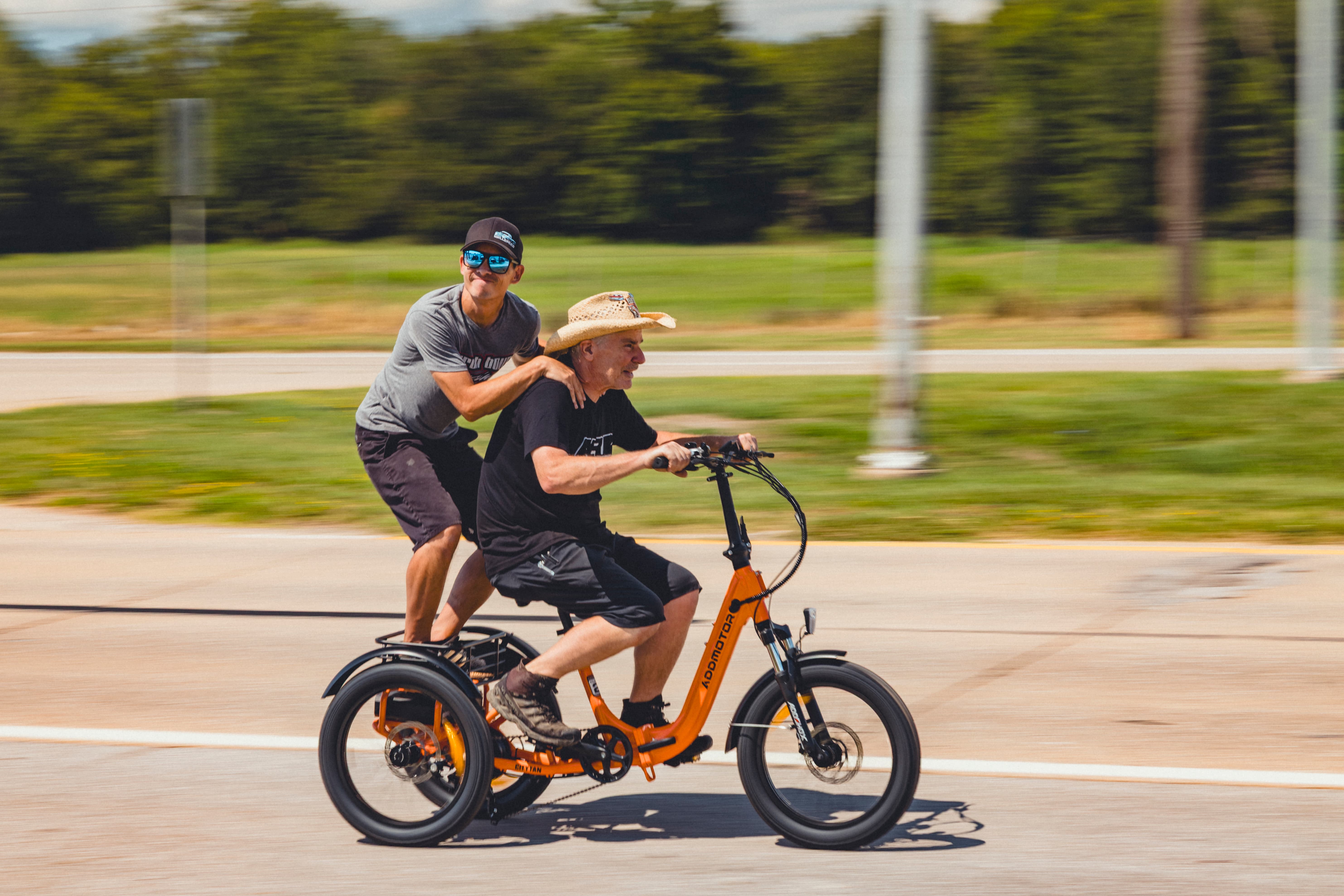
Table of Contents (Part 3 - Tech, Market & Outlook)
Building on the foundation laid in Part 1 — which introduced Addmotor’s core trike categories and their real‑world applications — and Part 2, which expanded the lineup to meet a wide spectrum of lifestyles and use cases, we now turn to the underlying engineering and market context that gives these models their competitive edge. Part 3 begins with Section 4, where we explore the technical architecture, safety integration, and regional market dynamics that shape performance, reliability, and long‑term value, setting the stage for understanding how the Addmotor electric trikes are positioned for the evolving mobility landscape.
4. Technical Analysis
4.1. Drive System & Power Architecture
4.1.1. Drive Types & Transmission Efficiency
Mid‑Drive Motor
- Representative Model: Grandtan Turbo
- Technical Features: Motor drives the crank directly, transmitting power through the chain and gear system, using mechanical gear ratios to optimize torque output.
- Advantages: 160 Nm peak torque, excellent climbing ability, centralized mass, balanced front/rear load distribution.
- Engineering Significance: Ideal for heavy loads, long climbs, and complex terrain, particularly in commercial and long‑distance touring applications.
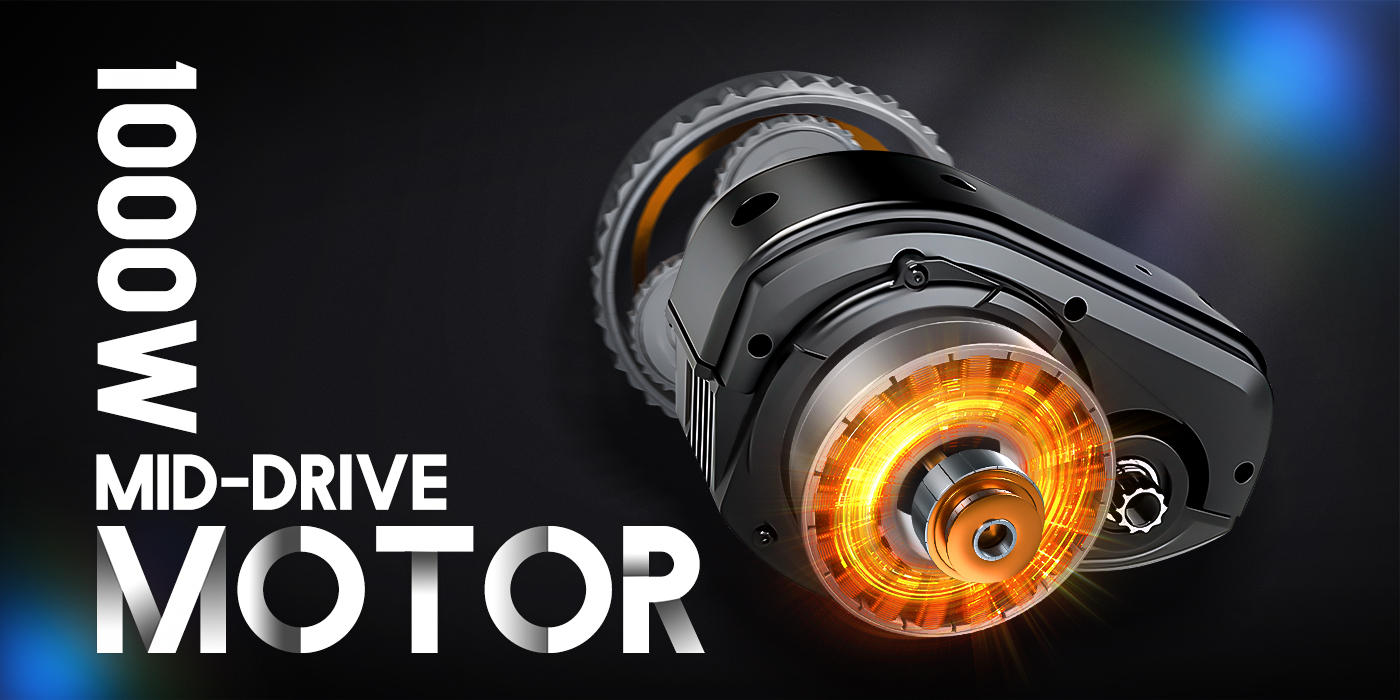
Figure 1. Bafang 1000 W Mid‑Drive Motor — Internal View
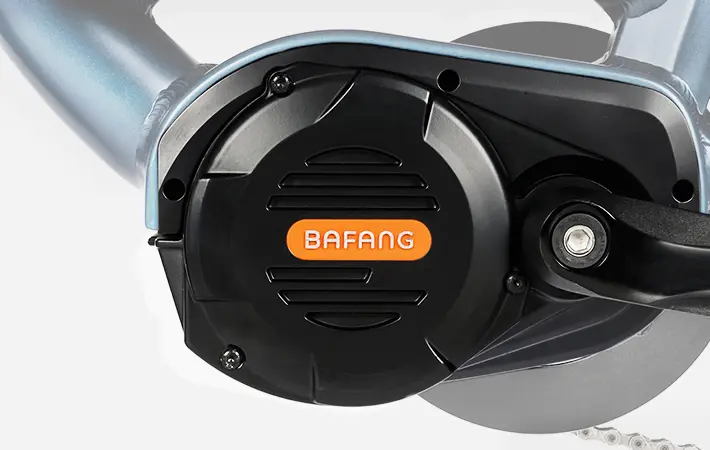
Figure 2. Bafang 1000 W Mid‑Drive Motor — External view mounted at the bottom bracket
Rear-Drive Motor- Representative Models include most 750 W (1400 W peak) configurations
- Technical Features: Motor integrated into the rear hub, directly driving the wheel; simple structure, low maintenance cost.
- Advantages: Short transmission path, low mechanical loss, direct response.
- Engineering Significance: Suited for urban commuting, gentle terrain, and short‑to‑medium distance travel.
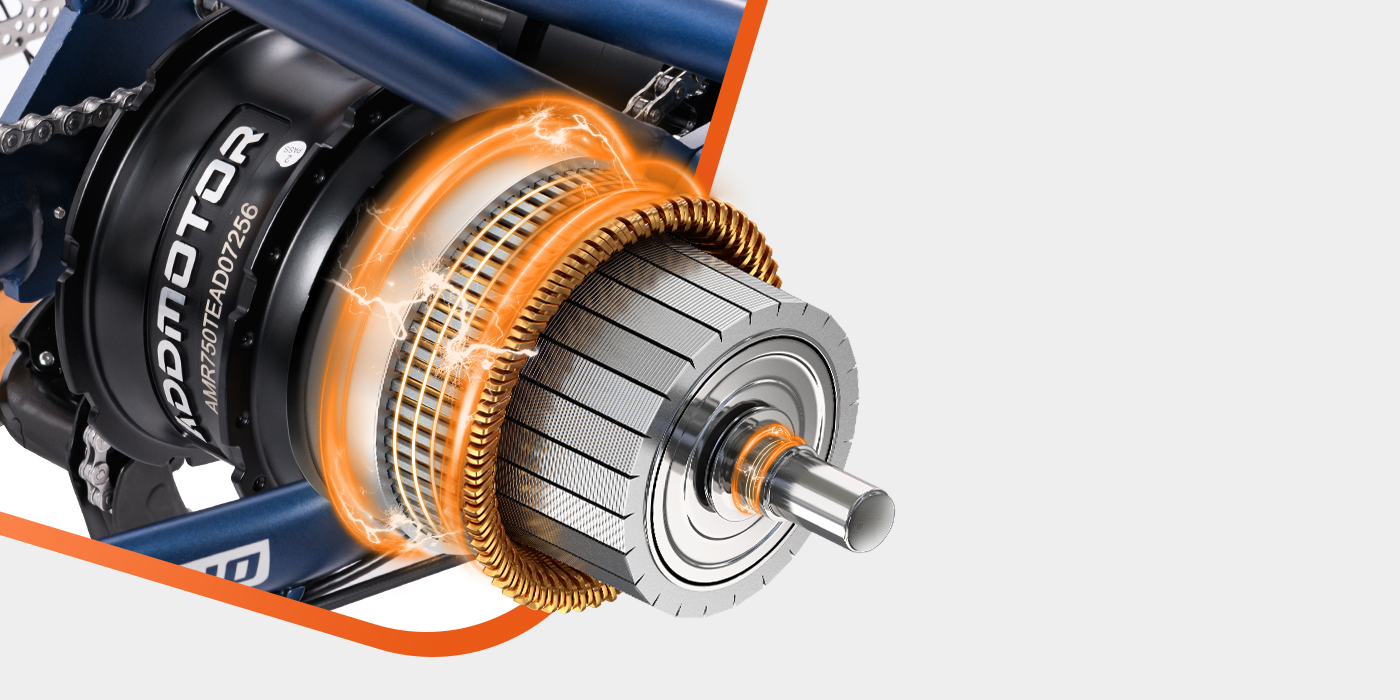
Figure 3. Addmotor 750 W Rear‑Drive Motor — Internal View
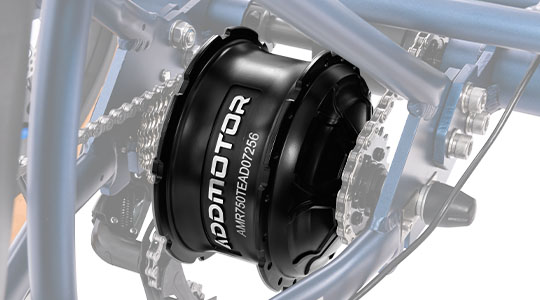
Figure 4. Addmotor 750 W Rear Hub Motor — External view integrated into the rear wheel hub
Technical Comparison — 750 W Rear-Drive Motor and Bafang 1000 W Mid‑Drive Motor
| Feature | 750 W Rear-Drive Motor | Bafang 1000 W Mid‑Drive Motor |
|---|---|---|
| Mounting Position | Integrated into the rear wheel hub for a clean, streamlined look and easy installation | Mounted at the bottom bracket (center of the frame) |
| Power Output | 750 W continuous (1400 W peak) — legal in many markets (e.g., U.S.); strong acceleration and top speed | 1000 W nominal (1500 W peak) — high torque for steep climbs and off‑road |
| Torque & Climbing | Peak torque ~90 Nm, Ample torque for flat to moderate terrain; smooth, quiet power delivery | Peak torque ~160 Nm; exceptional climbing ability via gear ratio advantage |
| Power Transfer | Direct drive to the wheel; minimal mechanical loss; instant response | Drives crankset through chain and gears; benefits from mechanical gearing |
| Maintenance | Low maintenance — sealed unit, minimal drivetrain wear | Higher maintenance — drivetrain components wear faster under high torque |
| Cost Efficiency | More affordable — better value for most riders | Higher cost due to complex design and brand premium |
| Weight Distribution | Slightly more weight at the rear — stable for cargo and passengers | Centralized weight — balanced handling |
| Best Use Cases | Urban commuting, delivery, leisure rides, light to heavy cargo | Steep hills, off‑road, performance cycling |
| Key Selling Point | Powerful, reliable, quiet, and cost‑effective — ideal for the majority of riders | Premium choice for riders prioritizing torque and extreme terrain performance |
Full Model Drive Specifications:
| Model | Drive Type | Rated Power (W) | Peak Power (W) | Max Torque (Nm) |
|---|---|---|---|---|
| Grandtan Turbo | Mid-Drive Motor | 1000 | 1500 | 160 |
| Grandtan M-340 | Rear-Drive Motor | 750 | 1400 | 90 |
| Grandtan Plus M-340 | Rear-Drive Motor | 750 | 1400 | 90 |
| Grandtan X | Rear-Drive Motor | 750 | 1400 | 90 |
| Citytri E‑310 | Rear-Drive Motor | 750 | 1400 | 90 |
| Citytan M‑315 | Rear-Drive Motor | 500 | 1100 | 60 |
| Arisetan II M‑360 Mini | Rear-Drive Motor | 750 | 1400 | 90 |
| Arisetan II M‑360 | Rear-Drive Motor | 750 | 1400 | 90 |
| Spytan | Rear-Drive Motor | 750 | 1400 | 90 |
| SpytanX | Rear-Drive Motor | 750 | 1400 | 90 |
| Soletri II M‑366X | Rear-Drive Motor | 750 | 1400 | 90 |
| Herotri II M‑365X | Rear-Drive Motor | 750 | 1400 | 90 |
| Greattan L | Rear-Drive Motor | 750 | 1400 | 90 |
| M‑380 Tandem | Rear-Drive Motor | 750 | 1400 | 90 |
| E‑325 Cargo | Rear-Drive Motor | 750 | 1400 | 90 |
| Greattan D Cargo | Rear-Drive Motor | 750 | 1400 | 90 |
| Landtan | Rear-Drive Motor | 750 | 1400 | 90 |
| Triketan M‑330F | Rear-Drive Motor | 750 | 1400 | 90 |
| Triketan M‑330 | Rear-Drive Motor | 750 | 1400 | 90 |
Key Highlights
- Flagship Mid‑Drive: The Grandtan Turbo 1,000 W rated (1,500 W peak) mid‑drive, 160 Nm torque. Strong climbing and heavy‑load performance for long distances and tough terrain.
- Standard Rear‑Drive: Most models with 750 W rated (1,400 W peak) rear‑drive motor, 90 Nm torque. Balanced power and efficiency for commuting and mixed terrain.
- Urban Efficiency: The Citytan M‑315 500 W rated (1,100 W peak) rear‑hub, 60 Nm torque. Lightweight and energy‑efficient for city use.
- Consistent Output: All 750 W rear‑drive models deliver steady 90 Nm torque for smooth starts and reliable hill performance.
- Purpose‑Built Matching: Mid‑drive for heavy loads and steep climbs, standard rear‑drive for everyday use, low‑power option for efficiency and agility.
4.1.2. Power and Torque Distribution
- Power Range: ranging from approximately 500 W (basic) to 750 W (standard) and up to 1000 W (enhanced)
- Max Torque Range: 90 Nm (standard) → 160 Nm (enhanced/climbing)
- Engineering Note: Increased torque at lower speeds can improve traction and help reduce motor heat during heavy-load starts.
4.2. Battery and Energy Management
4.2.1. Battery Specifications and Energy Density
- Standard Option: 48 V 20 Ah
- Basic Option: 48 V 13.5 Ah (lightweight)
- Dual-Battery Setup: total capacity around 40 Ah
- Engineering Note: The 48 V configuration offers a balance between safety and efficiency; a 20 Ah capacity may support an estimated 85–90 mile range in low-assist mode.
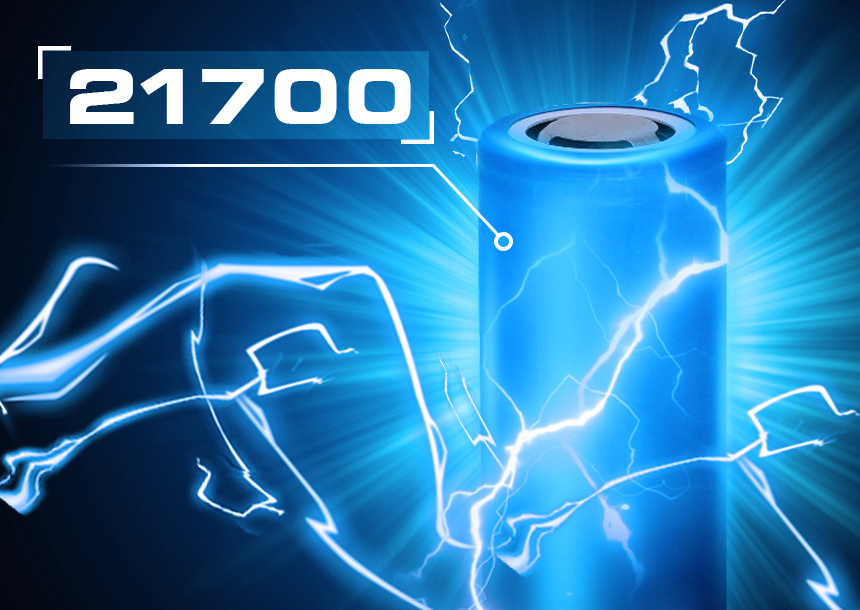
Figure 5. Samsung 21700 Lithium‑Ion Battery Cell — External view of high‑capacity cylindrical cell used in electric tricycles
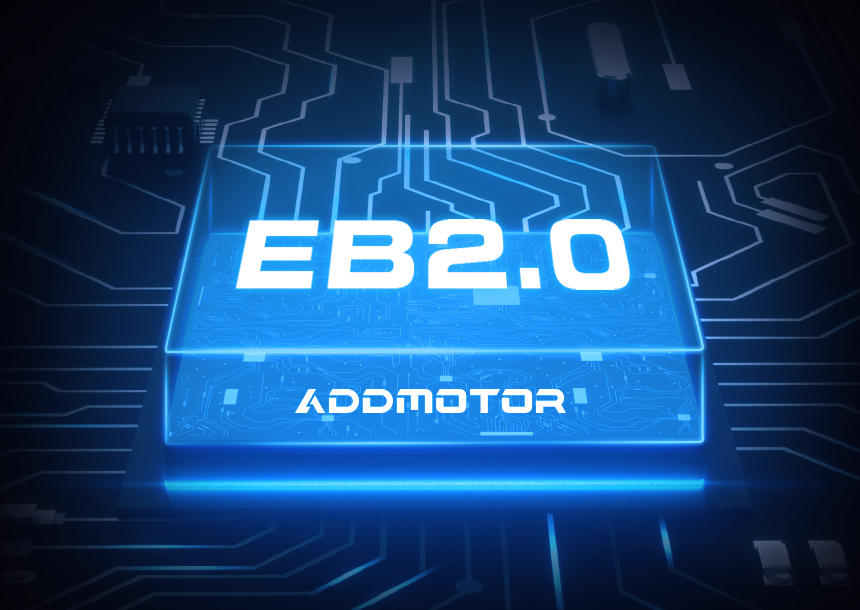
Figure 6. ADDMOTOR EB2.0 Smart Controller Chip — External view of next‑generation integrated control unit enhancing performance and stability in electric tricycles
4.2.2. Dual-Battery Benefits
- Potential to double range (up to about 130 miles)
- Backup supply: switch to secondary battery if one is unavailable
- Balanced charging and discharging can help extend battery service life
4.2.3. Safety and Thermal Management
- Cells equipped with overcurrent, overvoltage, and temperature protection features
- Metal housings and integrated cooling channels can improve thermal stability under heavy use
Full Model Battery Specifications:
| Model | Battery Capacity (V/Ah) | Dual Battery | Range – PAS1 (mi) |
|---|---|---|---|
| Grandtan Turbo | 48V 20Ah Samsung UL 2271 | No | 85 |
| Grandtan M-340 | 48V 20Ah Samsung UL 2271 | No | 85+ |
| Grandtan Plus M-340 | 48V 20Ah Samsung UL 2271 | No | 85+ |
| Grandtan X | 48V 20Ah Samsung UL 2271 | No | 85 |
| Citytri E‑310 | 48V 20Ah Samsung UL 2271 | No | 90 |
| Citytan M‑315 | 48V 13.5Ah | No | 65 |
| Arisetan II M‑360 Mini | 48V 20Ah Samsung UL 2271 | No | 85 |
| Arisetan II M‑360 | 48V 20Ah Samsung UL 2271 | No | 85 |
| Spytan | 48V 20Ah Samsung UL 2271 | No | 90 |
| SpytanX | 48V 20Ah Samsung UL 2271 | No | 90 |
| Soletri II M‑366X | 48V 20Ah Samsung UL 2271 | No | 85 |
| Herotri II M‑365X | 48V 20Ah Samsung UL 2271 | No | 85+ |
| Greattan L | 48V 20Ah ×2 Samsung UL 2271 | Optional | 130 (Dual) |
| M‑380 Tandem | 48V 20Ah UL 2271 | Optional | 130 (Dual) |
| E‑325 Cargo | 48V 20Ah Samsung UL 2271 | No | 60 |
| Greattan D Cargo | 48V 20Ah Samsung UL 2271 / Dual-Battery Option | Optional | 130 (Dual) |
| Landtan | 48V 15Ah Samsung | No | 65 |
| Triketan M‑330F | 48V 20Ah Samsung UL 2271 | No | 85 |
| Triketan M‑330 | 48V 20Ah Samsung UL 2271 | No | 85 |
Key Highlights
- Dual‑battery models excel in long‑distance and commercial use.
- UL certification ensures safety, especially under heavy load and extended operation.
- Capacity range supports everything from lightweight commuting to long‑haul touring.
4.3. Sensors & Control Systems
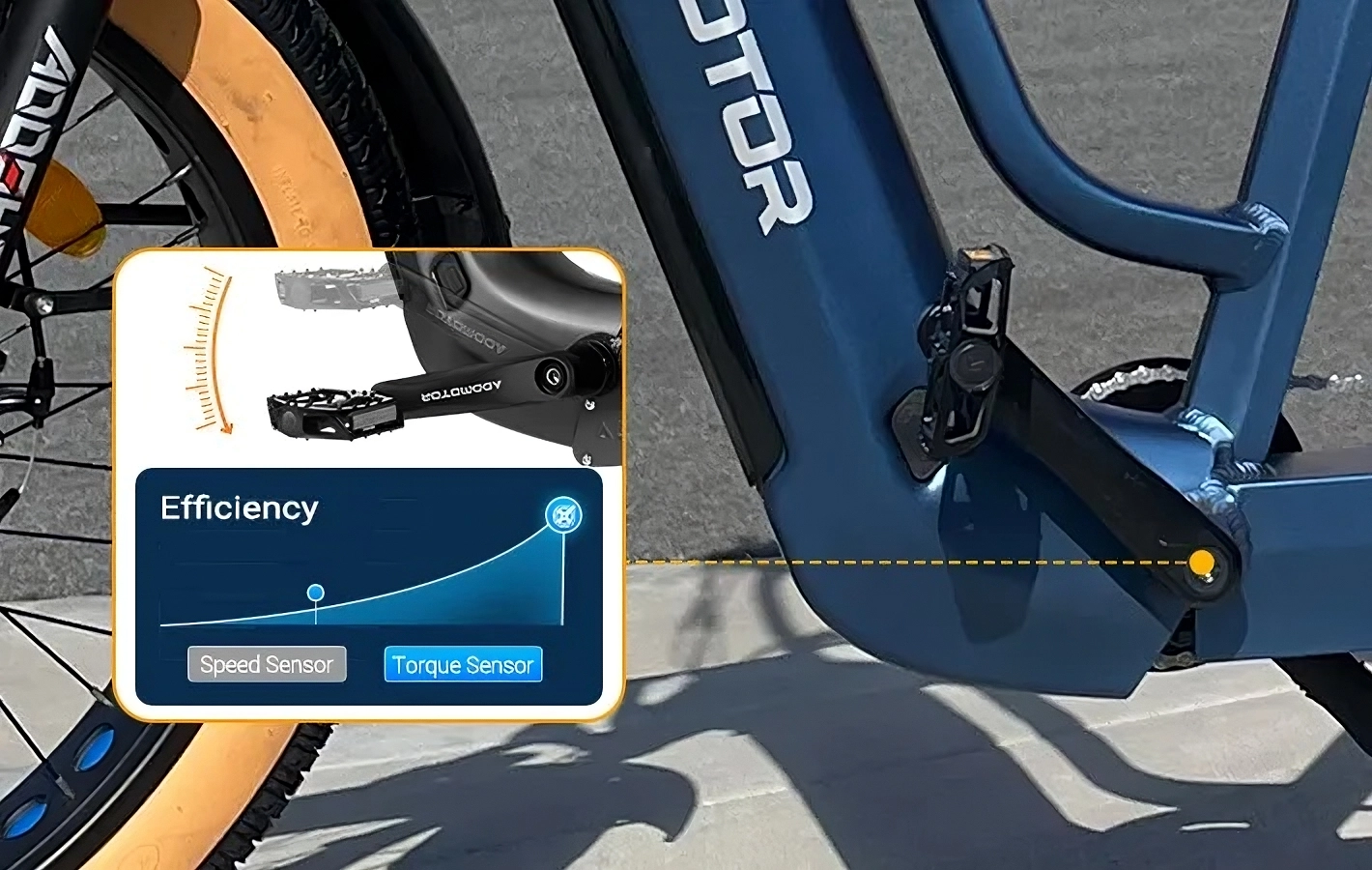
Figure 7. Torque Sensor View
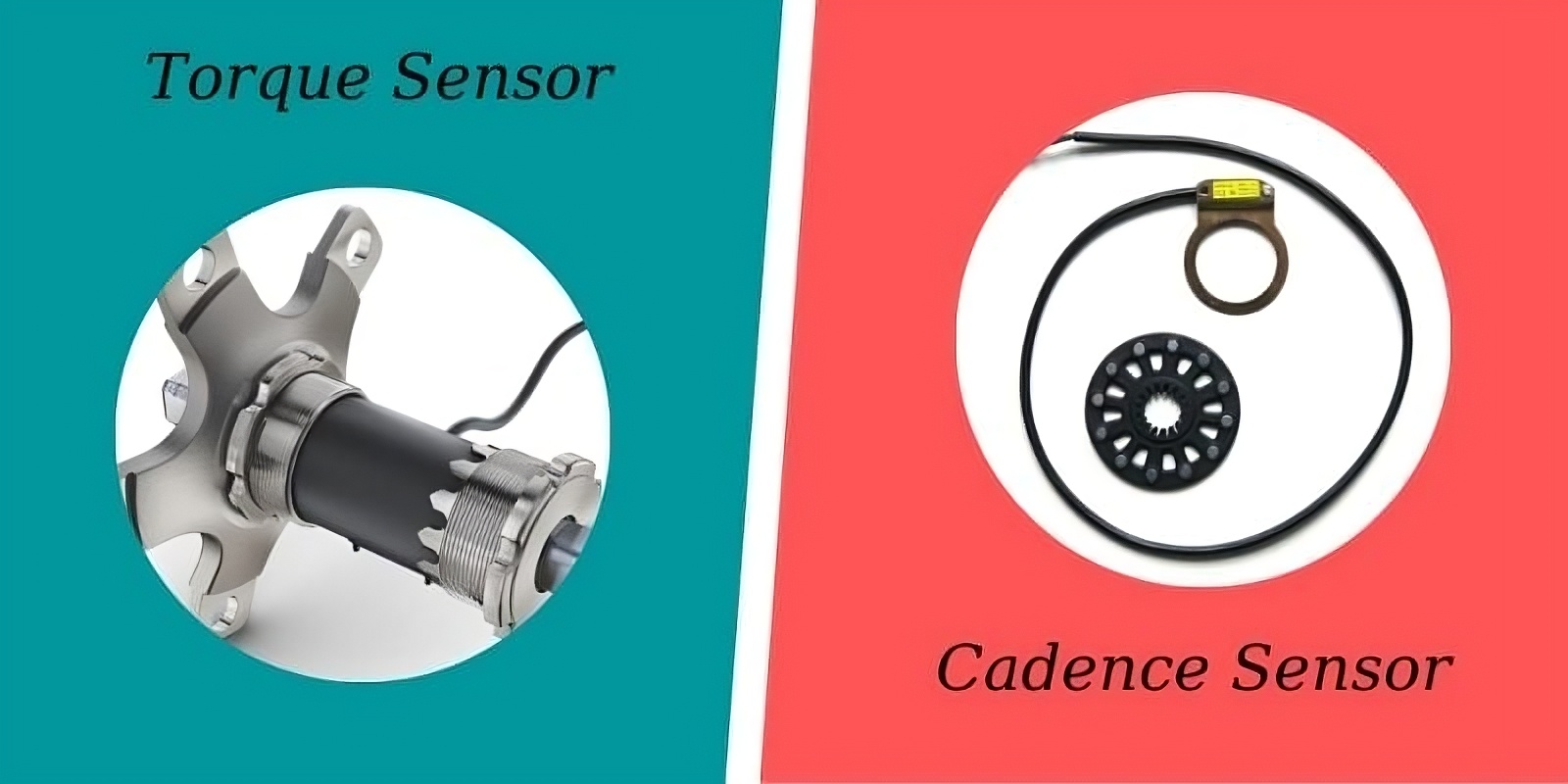
Figure 8. Torque and Cadence Sensors View
4.3.1. Sensor Types & Functions
| Model | Pedal Assist Sensor Type | Control System Features |
|---|---|---|
| Grandtan Turbo | Torque Sensor | EB 2.0 intelligent controller with adaptive power delivery |
| Grandtan M-340 | Torque Sensor | EB 2.0 controller, 7‑level PAS |
| Grandtan Plus M-340 | Torque Sensor | EB 2.0 controller, 7‑level PAS |
| Grandtan X | Torque Sensor | EB 2.0 controller, integrated LCD display |
| Citytri E‑310 | Cadence Sensor | EB 2.0 controller, compact display |
| Citytan M‑315 | Cadence Sensor | EB 2.0 controller, simplified PAS |
| Arisetan II M‑360 Mini | Torque Sensor | EB 2.0 controller, enhanced hill‑start logic |
| Arisetan II M‑360 | Torque Sensor | EB 2.0 controller, 7‑level PAS |
| Spytan | Speed Sensor | EB 2.0 controller, integrated lighting control |
| SpytanX | Torque Sensor | EB 2.0 controller, integrated lighting control |
| Soletri II M‑366X | Torque Sensor | EB 2.0 controller, dual‑rider PAS tuning |
| Herotri II M‑365X | Cadence Sensor | EB 2.0 controller, comfort‑mode PAS |
| Greattan L | Torque Sensor | EB 2.0 dual‑battery management integration |
| M‑380 Tandem | Torque Sensor | EB 2.0 controller, tandem PAS sync |
| E‑325 Cargo | Torque Sensor | EB 2.0 controller, cargo‑load assist mapping |
| Greattan D Cargo | Torque Sensor | EB 2.0 controller, optional dual‑battery logic |
| Landtan | Cadence Sensor | EB 2.0 controller, lightweight PAS |
| Triketan M‑330F | Torque Sensor | EB 2.0 controller, folding‑frame integration |
| Triketan M‑330 | Torque Sensor | EB 2.0 controller, folding‑frame integration |
4.3.2. Torque, Cadence, and Speed Sensing
- Torque Sensors: Measure the rider’s applied force on the pedals, enabling proportional motor output. This produces smoother, more natural assistance, especially beneficial for hill starts, variable terrain, and riders seeking a “bike‑like” feel.
- Cadence Sensors: Detect pedal rotation to trigger assistance at preset levels. Simpler and more cost‑effective, they provide consistent output once activated, ideal for casual cruising and flat terrain.
- Speed Sensors: Monitor the rotation speed of the wheel or crank to determine when and how much assistance to provide. Often used in simpler PAS systems, they deliver on/off‑style assistance based on speed thresholds, offering predictable performance for steady‑pace riding.
4.3.3. Control System Architecture
EB 2.0 Intelligent Electrical System:
- Integrates motor, battery , and sensor inputs through a centralized controller.
- Supports up to 7 pedal assist levels, walk‑assist mode, and throttle override.
- Manages regenerative braking (where the feature is equipped) and lighting systems.
- Provides diagnostic functions via the display for error codes and maintenance.
4.3.4. Engineering Highlights - Sensing and Control
- Adaptive Power Delivery – Torque‑sensor models dynamically adjust motor output to match rider effort, improving efficiency and battery life.
- Integrated Safety Logic – Automatic motor cut‑off when braking or when sensors detect instability.
- User Interface – Backlit LCD or color displays provide real‑time speed, battery status, PAS level, and trip data.
- Customization (User‑Adjustable Range) – Through the display menu, users can adjust the pedal assist level, unit of measurement, backlight brightness, auto power‑off time, and set the maximum speed within legal limits.
- Advanced parameters such as PAS sensitivity and acceleration curves can only be configured by the manufacturer or a qualified technician using a programming device, and cannot be directly modified by the end user.
4.4. Suspension & Braking Systems
4.4.1. Suspension Configurations
| Model | Front Suspension | Rear Suspension | Travel (mm) |
|---|---|---|---|
| Grandtan Turbo | Oil Spring Fork with 80mm of Travel | None | 80 / – |
| Grandtan Plus M-340 | Oil Spring Fork with 80mm of Travel | None | 80 / – |
| Arisetan II M‑360 | Oil Spring Fork with 25mm of Travel | None | 25 / – |
| Citytri E‑310 | Addmotor 80mm of Travel | None | 80 / – |
| Greattan D Cargo eTrike | Oil Spring Fork with 25mm of Travel | None | 25/ – |
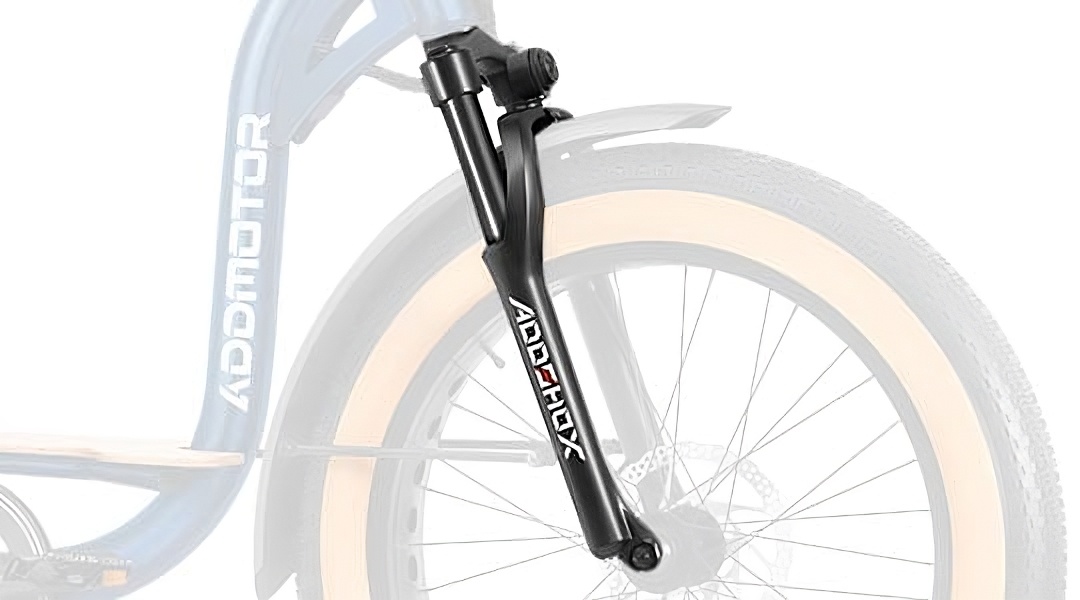
Figure 9. Suspension Fork View
4.4.2. Braking Systems
- Mechanical Disc Brakes: Common on entry and mid‑range models; reliable and easy to maintain.
- Hydraulic Disc Brakes: Found on higher‑end and heavy‑load models; offer stronger, more consistent stopping power with less hand effort.
- Parking Brake Function: Integrated into many trike brake levers to prevent roll‑away when parked.
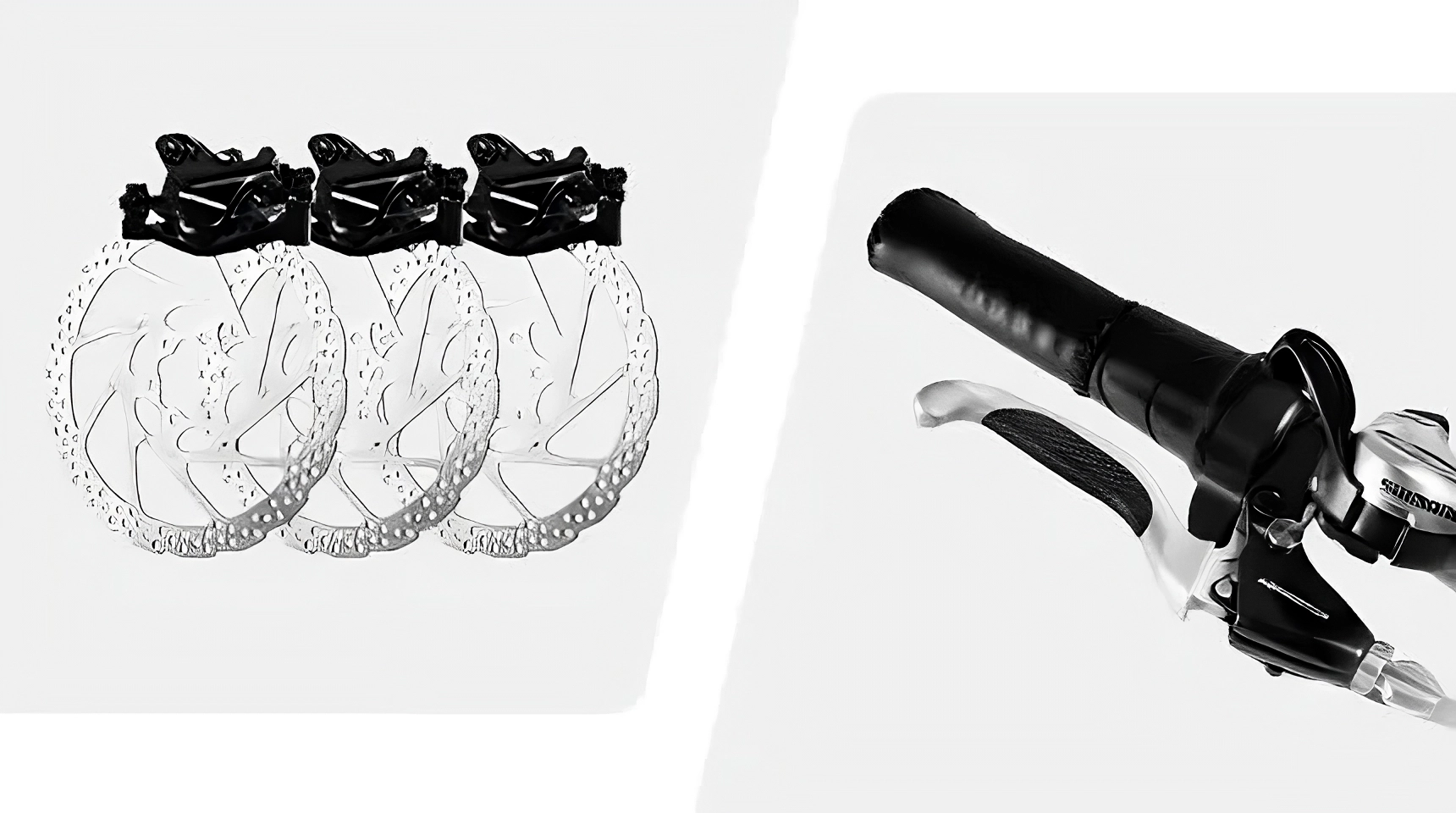
Figure 10. Mechanical Disc Brakes View
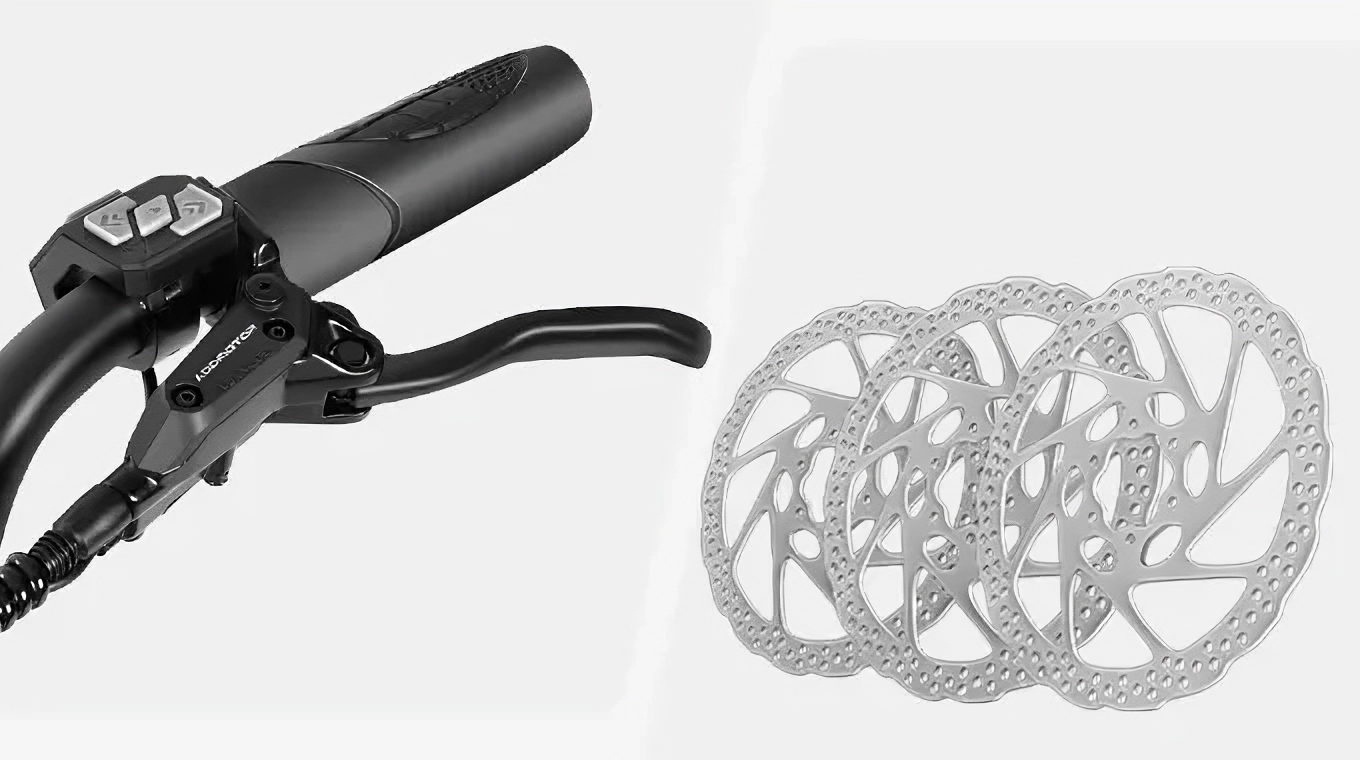 Figure 11. Hydraulic Disc Brakes View
Figure 11. Hydraulic Disc Brakes View
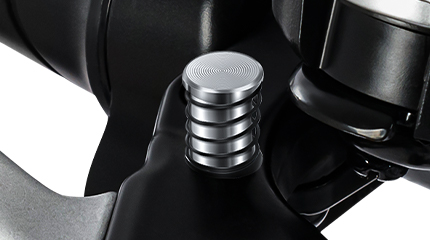
Figure 12. Parking Brake View
Engineering Highlights
- Optimized Mechanical Disc Brakes: Simple, durable design with consistent performance and low maintenance, well‑matched to entry‑ and mid‑range trikes.
- High‑Performance Hydraulic Disc Brakes: Deliver strong, predictable stopping power with reduced lever effort, maintaining stability and control under heavy loads or higher speeds — ideal for cargo and multi‑passenger configurations.
-
Integrated Parking Brake: Built into brake levers to securely hold the trike stationary during loading, unloading, or when parked on inclines.
4.5. Frame & Load‑Bearing Structure
4.5.1. Frame Materials & Geometry
| Model | Frame Material | Frame Style | Wheel Size / Tire Width | Standover Height |
|---|---|---|---|---|
| Grandtan Turbo | 6061 Aluminum Alloy | Step‑Through | 24" X 4.0" F / 20" X 4.0" R | 17.5" |
| Grandtan M-340 | 6061 Aluminum Alloy | Step‑Through | 24" × 4.0" F / 20" × 4" R | 17.5" |
| Grandtan Plus M-340 | 6061 Aluminum Alloy | Step‑Through | 26" × 4.0" F / 24" × 4" R | 18.7" |
| Grandtan X | 6061 Aluminum Alloy | Step‑Through | 24" X 4.0" F / 20" X 4.0" R | 17.5" |
| Citytri E‑310 | 6061 Aluminum Alloy | Folding Step‑Through | 20" X 2.4" F/ 18" X 2.4" R | 13.8" |
| Citytan M‑315 | 6061 Aluminum Alloy | Folding Step‑Through | 20" × 3.0" | 14.1" |
| Arisetan II M‑360 Mini | 6061 Aluminum Alloy | Semi‑Recumbent | 16" × 4.0" | 21.7" |
| Arisetan II M‑360 | 6061 Aluminum Alloy | Semi‑Recumbent | 20" × 4.0" | 26.7" |
| Cargo Models (E‑325) | 6061 Aluminum Alloy | Cargo Frame | 20" X 2.4" F/ 24" X 3.0" R | 11" |
| Cargo Models (Greattan D) | 6061 Aluminum Alloy | Cargo Frame | 24" X 4.0" F / 19" X 7.0" R | 15.7" |
| Tandem Models (M‑380) | 6061 Aluminum Alloy | Tandem Frame | 24" X 4.0" F / 20" X 4.0" R | 17.3" |
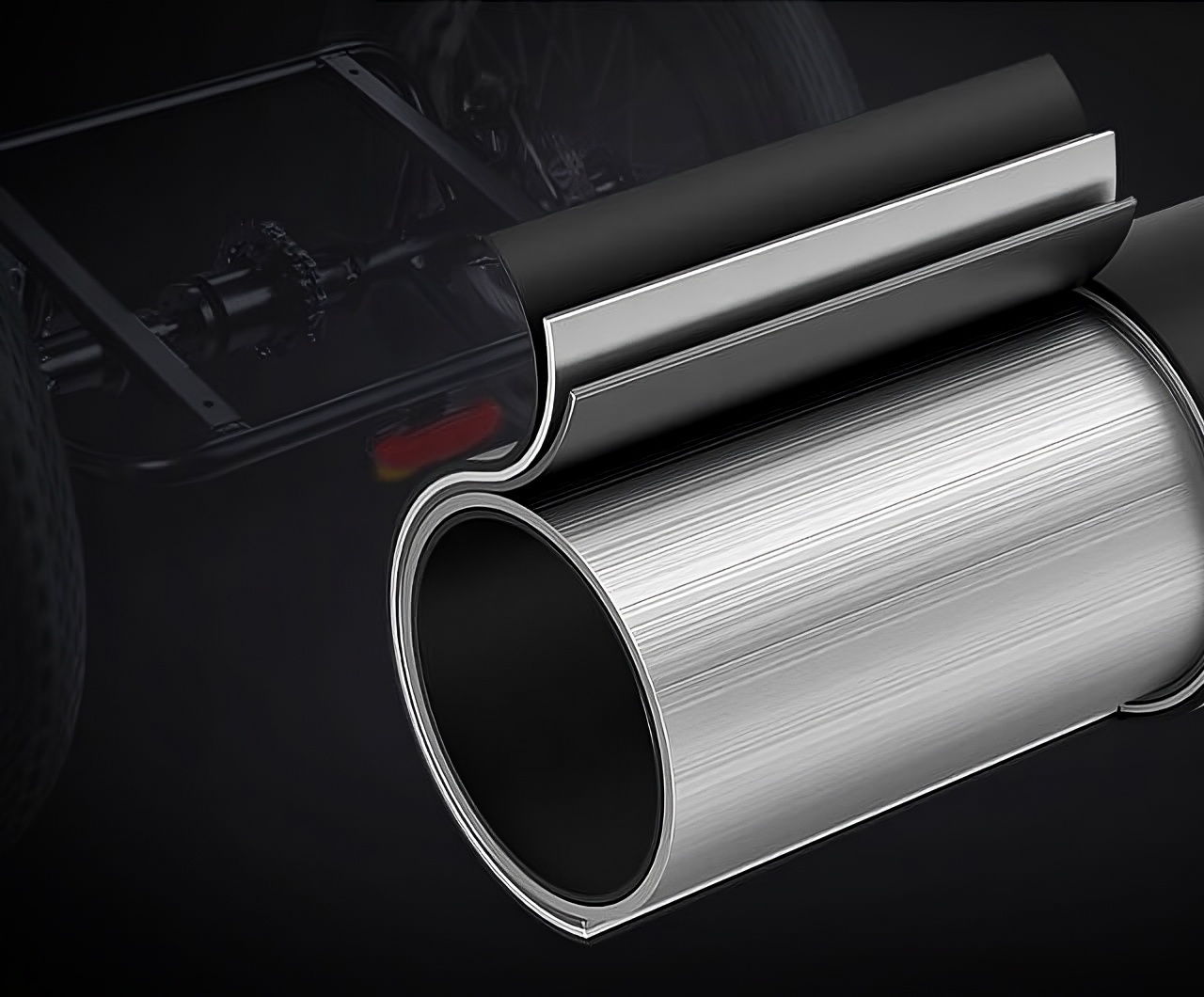
Figure 13. 6061 Aluminum Alloy View
4.5.2. Load Capacity
| Model Type | Rider Capacity | Cargo Capacity | Total Rated Load |
|---|---|---|---|
| Standard | 1 Adult | 100–150 lbs | ~350–450 lbs |
| Cargo | 1 Adult | 150–200 lbs | 400–500 lbs |
| Tandem | 2 Adults | 150 lbs | 450–500 lbs |
Engineering Highlights
- Fat‑Tire Stability: Frames accommodate 20″–24″ wheels with tire widths up to 4.0″, enhancing stability and traction on varied terrain.
- Accessible Step‑Through Design: Low step‑through geometry (typically ≤ 18″) improves accessibility for seniors and riders with limited mobility.
- Reinforced Rear Structure: Strengthened rear triangles on cargo and tandem frames support heavy racks, passenger seating, or large cargo loads without compromising frame integrity.
4.6. System Integration & Safety Design
4.6.1. Electrical Integration
| Feature | Specification | Benefit |
|---|---|---|
| Connector Rating | IP65+ Waterproof | Protects against dust and water ingress |
| Cable Routing | Internal routing where possible
|
Reduces snag risk, cleaner aesthetics |
| Lighting | Integrated LED headlight, taillight (powered by main battery) | Improves visibility, optional brake‑light function on select models |
| Display | Backlit LCD or color display | Shows real‑time speed, PAS level, battery status, and trip data |
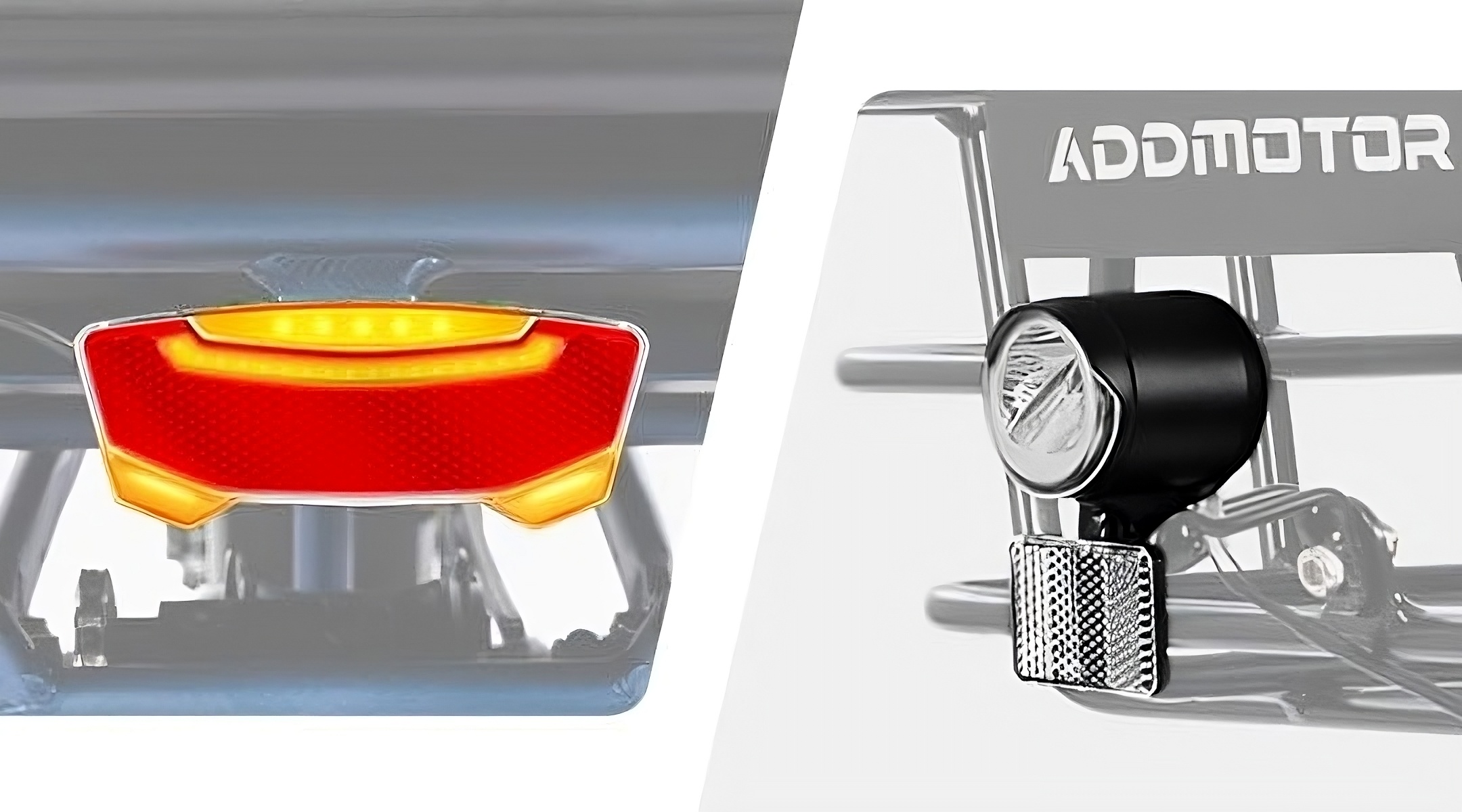
Figure 14. EB 2.0 Versatile Lights View
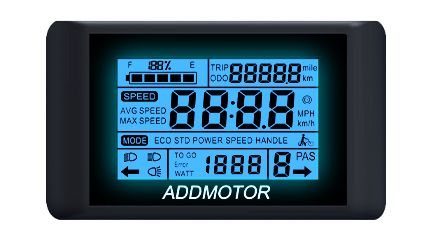 Figure 15. EB 2.0 LCD Display View
Figure 15. EB 2.0 LCD Display View
4.6.2. Safety Features
| Certification / Feature | Models Applied | Purpose |
|---|---|---|
| UL2271 Battery Safety | Most North American models | Ensures battery safety under stress conditions |
| UL2849 Certification | Most North American models | UL 2849 certified to ensure e-trike safety and compliance with North American regulations. |
| Motor Cut‑Off on Brake | All models | Stops motor when braking for safety |
| Parking Brake | All models | Prevents roll‑away when parked |
| Reflective Tire Sidewalls | Select models | Enhances night visibility |
4.6.3. User‑Centric Design
| Feature | Benefit |
|---|---|
| Adjustable Handlebars & Seats | Ergonomic fit for different rider heights |
| Wide Wheelbase | Improves stability, reduces tip‑over risk |
| Modular Mounting Points | Allows racks, baskets, child seats, and other accessories |
| Low Step‑Through Height (≤ 18″) | Easier mounting/dismounting |
Engineering Highlights
- Certified Safety – UL2849 compliance enhances safety assurance and consumer trust in North America.
- Enhanced Visibility – Integrated lighting powered by the main battery and reflective tire elements improve visibility in low‑light conditions.
- Ergonomic & Modular Design – Adjustable contact points and accessory‑ready mounting increase comfort, adaptability, and versatility.
5. Market
5.1.1 United States
Market position & presence: Founded in 2011 in El Monte, California, Addmotor is a well‑known brand in the adult electric tricycle segment, active in the fat tire electric trike niche; the Grandtan M‑340 is among its popular models.
| Series / Positioning | Representative Models | Key Features |
|---|---|---|
| Flagship fat‑tire series | Grandtan M‑340, Grandtan Plus, Grandtan X, Grandtan Turbo, | Stable handling, extended range, adaptable to varied terrain |
| Versatile Triketan series | M‑330F (foldable), M‑330 | Suitable for both city and leisure use, capable on inclines |
| Comfort‑oriented Arisetan | Arisetan II M‑360 | Semi‑recumbent design for reduced back and joint strain |
| Urban folding options | Citytri E‑310, Citytan M‑315 | Compact storage, practical for commuting and short trips |
| Specialized configurations | SpytanX Reverse eTrike, E‑325 Cargo, Greattan D Cargo | Two‑front‑wheel stability, cargo or passenger capacity |
Leading E‑Trike Models in the U.S. Market
5.1.2 Canada
Market strategy & adaptation: Local fulfillment via ca.addmotor.com supports shorter delivery times and may help reduce cross‑border costs. Models are adapted for varied terrain and seasonal conditions with long‑range, cold‑resistant batteries and wide tires for winter performance.
| Series / Positioning | Representative Models | Key Features |
|---|---|---|
| Flagship fat‑tire | Grandtan M‑340 | Stable handling, extended range, adaptable to varied terrain |
| Comfort‑oriented | Arisetan II M‑360 | Semi‑recumbent design, comfortable for long rides |
| Urban folding | Citytri E‑310 | Foldable, commuter‑friendly |
| Versatile | Triketan M‑330 | Capable on inclines, balanced handling |
| Specialized | SpytanX Reverse eTrike | Two‑front‑wheel design for improved stability and visibility |
Top‑Selling Electric Trike Models in the Canada
- Safety & compliance advantage: UL2849 ebike certification help build trust, support compliance in certain regions, and reduce after‑sales safety risks.
-
User segments: Older riders and those with mobility needs; long‑distance leisure cyclists; commercial and cargo users; urban commuters seeking cost‑efficient, low‑impact transport.
-
Trends: Growth supported by environmental initiatives, demographic changes, rising fuel costs, and short‑trip alternatives to cars; differentiation through performance, model variety, and safety certification; UL‑certified compliance is increasingly valued in purchase decisions.
5.2 Australia
Market presence & product adaptation: Domestic fulfillment via addmotor.com.au supports shorter delivery times and may help reduce cross‑border costs; models are tailored to local regulations, terrain, and climate.
| Series / Positioning | Representative Models | Key Features |
|---|---|---|
| Two‑front‑wheel stability | SpytanX Reverse eTrike | Enhanced stability, control, and visibility; suited for leisure and cargo |
| Full‑suspension fat‑tire | Grandtan X | Dual suspension, step‑through frame, smooth ride across varied terrain |
| Tandem full‑suspension | Soletri M‑366X | Two‑person seat, ergonomic handlebars |
| Passenger‑friendly | Greattan L Passenger | Extended seating and load capacity for shared rides |
Hot-Selling Models in the Australian Market
Market entry & partnerships: Collaboration with local retailers and distributors (e.g., Eozzie The Scooter Place, Ride Electric, Chituma Electric Bicycles) enables test‑rides, localized after‑sales service, and broader accessibility.
6. Future Outlook (Industry Trend)
Note: The following is based on current electric tricycle industry trends and market dynamics. It is not an official plan or commitment from any manufacturer.
6.1. Technology Evolution Trends
- Battery Technology: Higher energy density, lighter weight, and faster charging (2–3 hours) expected to become more common.
- Smart Connectivity: IoT integration for app‑based control, remote diagnostics, and OTA updates.
- Safety & Stability: Potential adoption of electronic stability control (ESC), anti‑tip systems, and traction control.
- Modular Design: Swappable batteries, configurable cargo modules, and adjustable ergonomics.
6.2. Market Development Trends
- North America: Growth driven by environmental policy, aging demographics, and short‑trip car replacement. Safety certifications are likely to become standard.
- Canada: Demand for high‑range, cold‑resistant models; winter safety features as a differentiator.
- Australia: Tourism and leisure sectors driving rental demand; compliance and local service as competitive edges.
6.3. Potential Development Directions
- Technical: Continued refinement of drive systems, battery management, and assist algorithms.
- Market: Broader model variety to serve commuting, leisure, and cargo niches; adaptation to local regulations.
- Service: Expanded after‑sales support, assembly options, and digital customer engagement.
7. Conclusion: From Vision to Reality — Addmotor Electric Trike Complete Ecosystem
This series has described the progression from a variety of product types to detailed engineering considerations and market analysis.
- Part 1: Presented main trike types — folding electric trike , semi‑recumbent etrike , and two‑front‑wheel electric tricycle — each designed for different riding needs, showing that stability, comfort, and style can be combined.
- Part 2: Added passenger electric tricycle , mid‑drive electric trike , cargo etrike , and other configurations, covering uses from personal transport to heavy‑load carrying, long‑distance travel, and compact city use.
- Part 3: Technical Analysis — covered drive systems, batteries, control electronics, frame design, and safety features, linking these technologies to regulations, user needs, and future market trends.


_1673405967.webp)
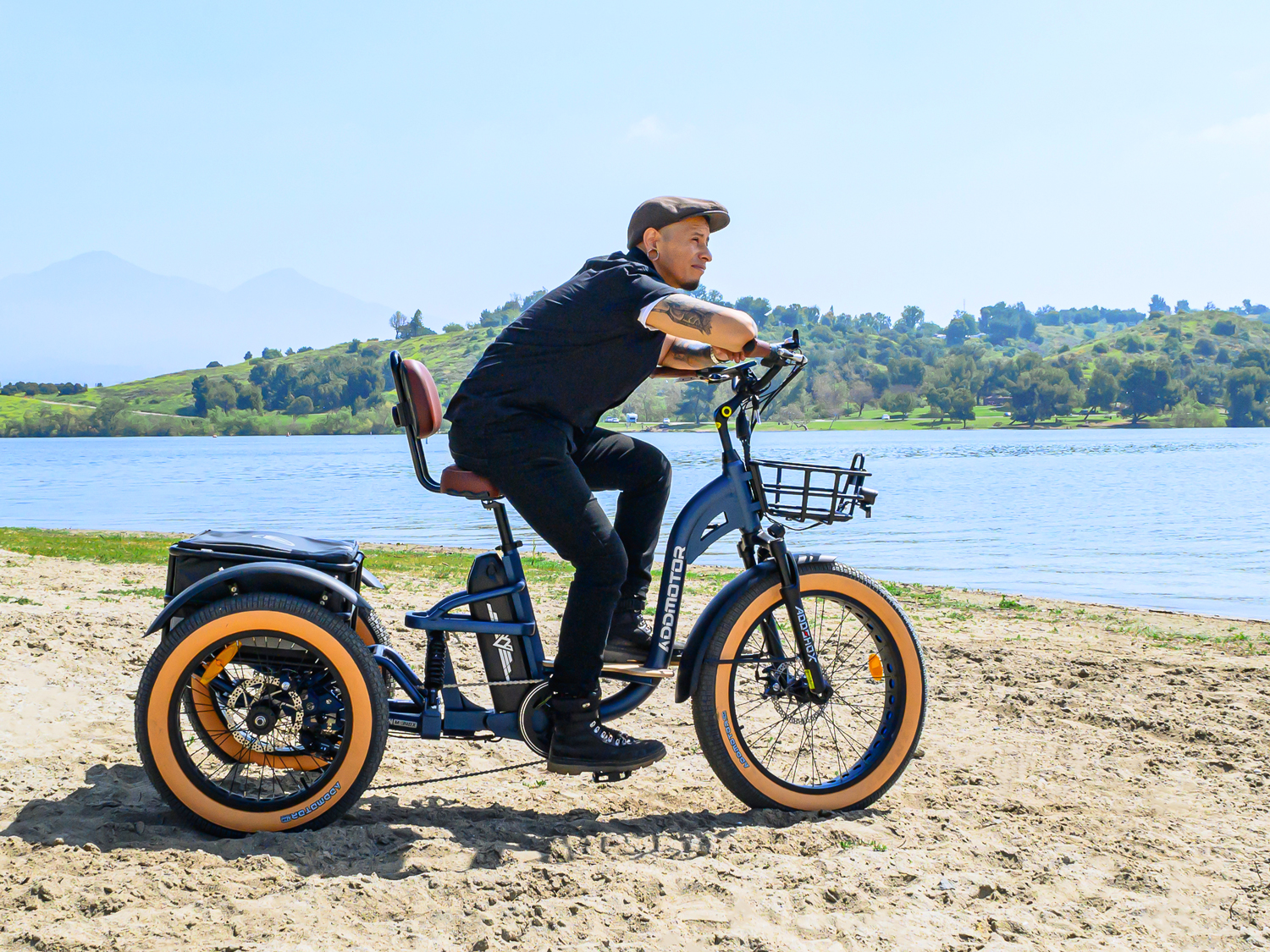
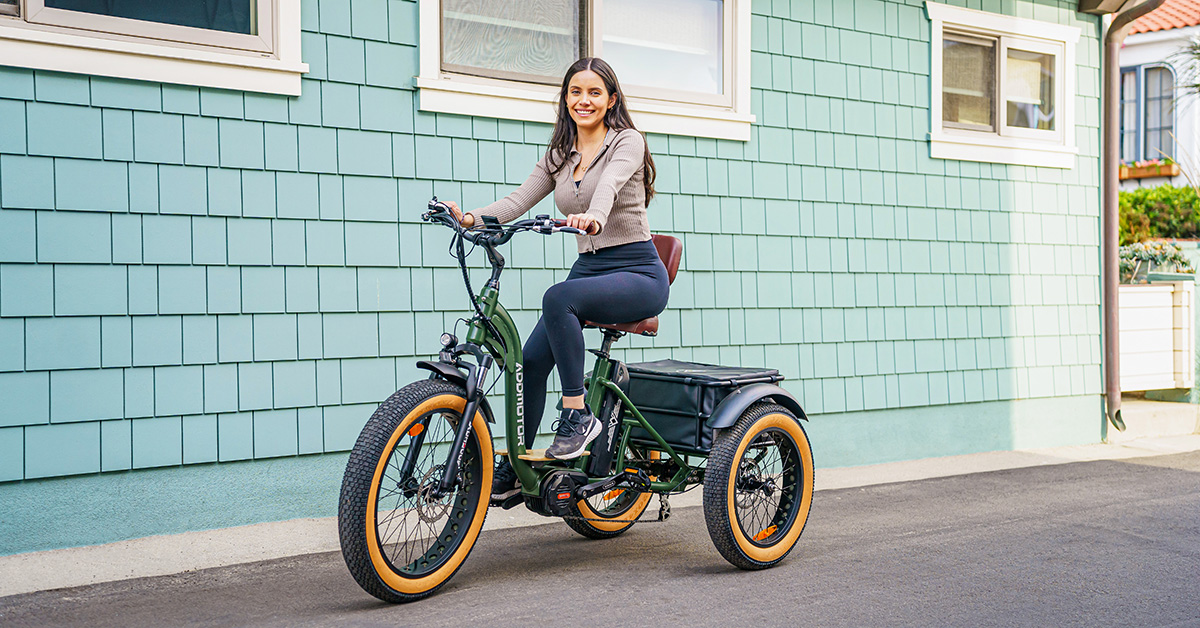
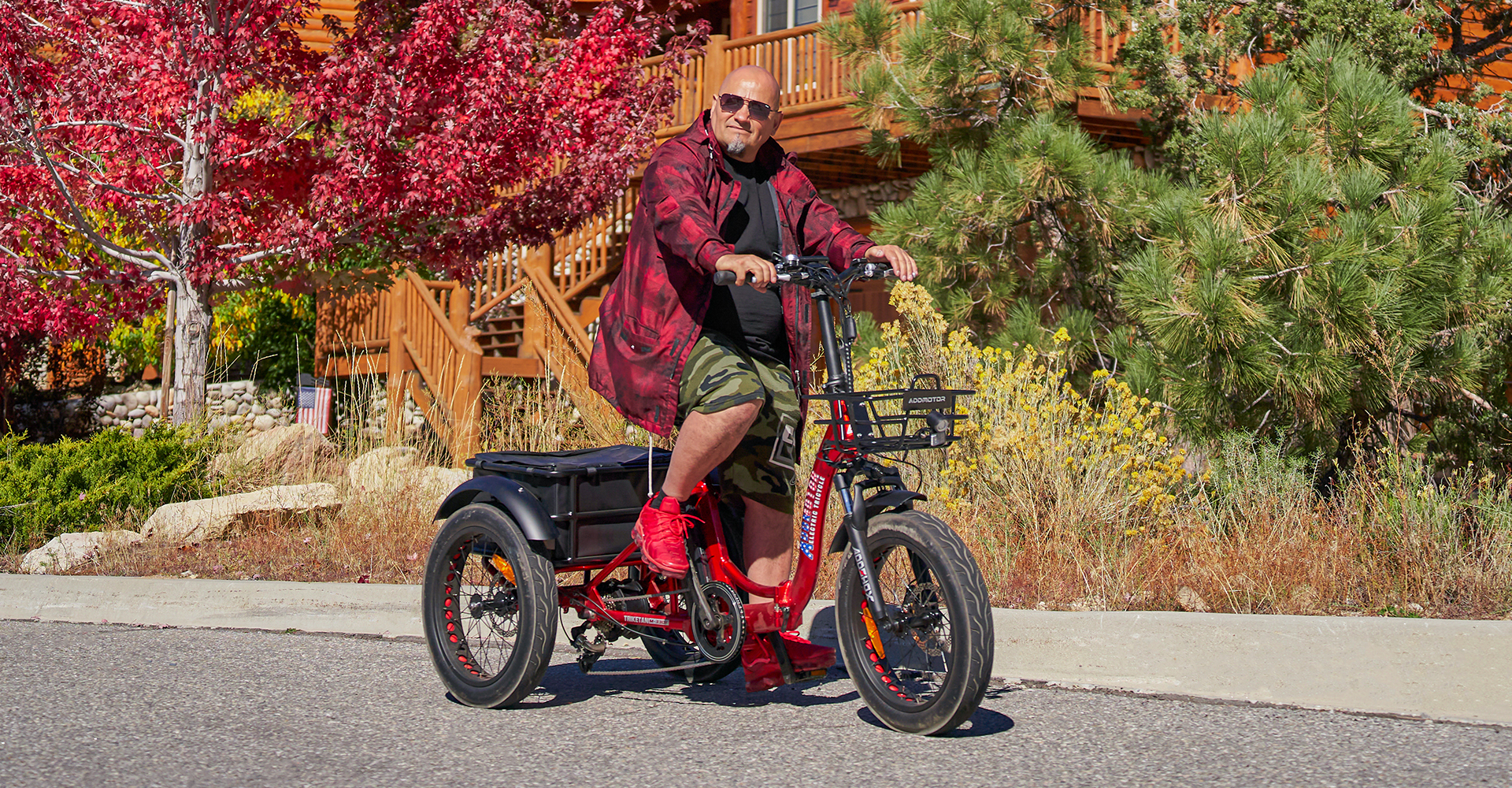
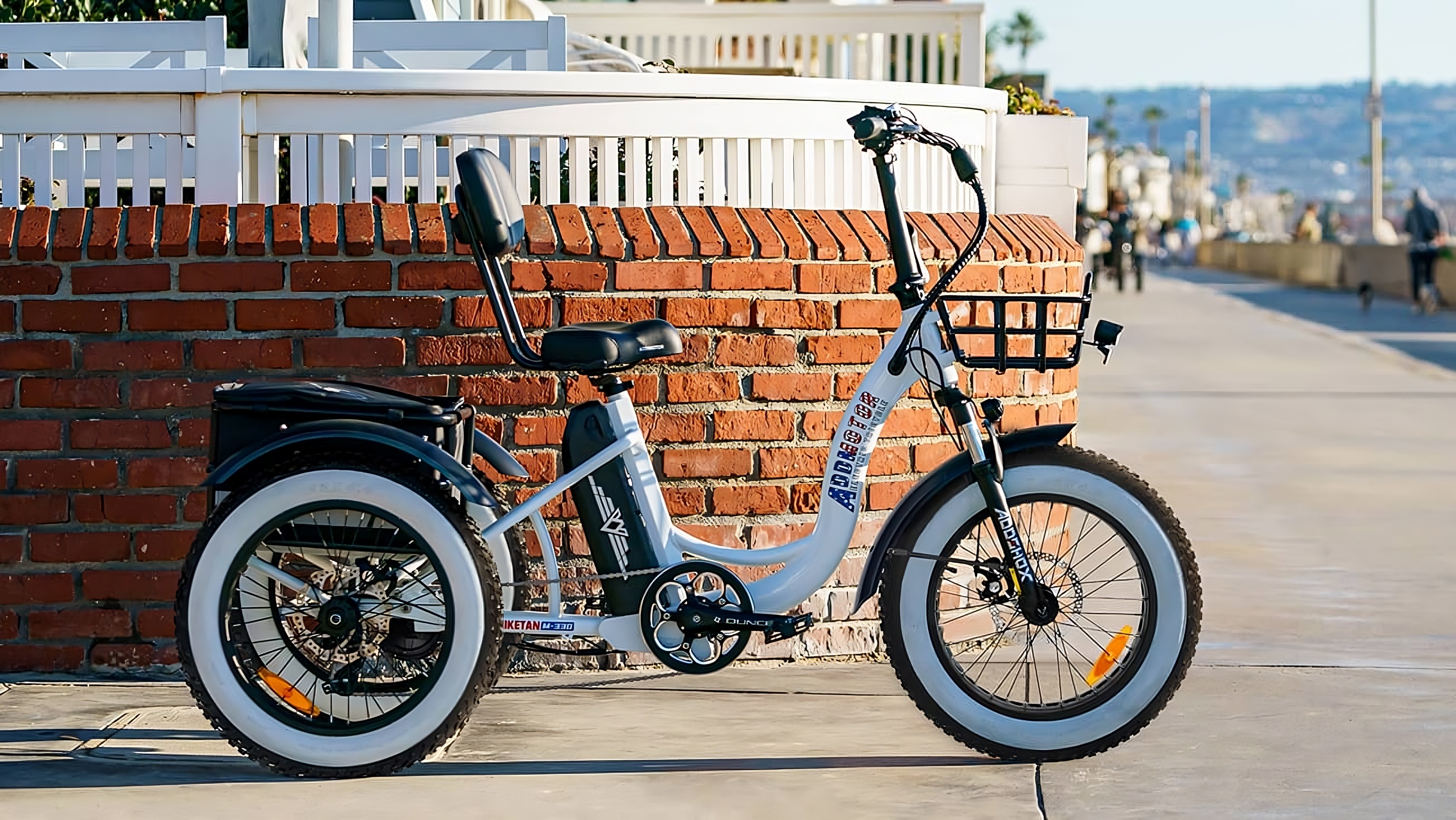
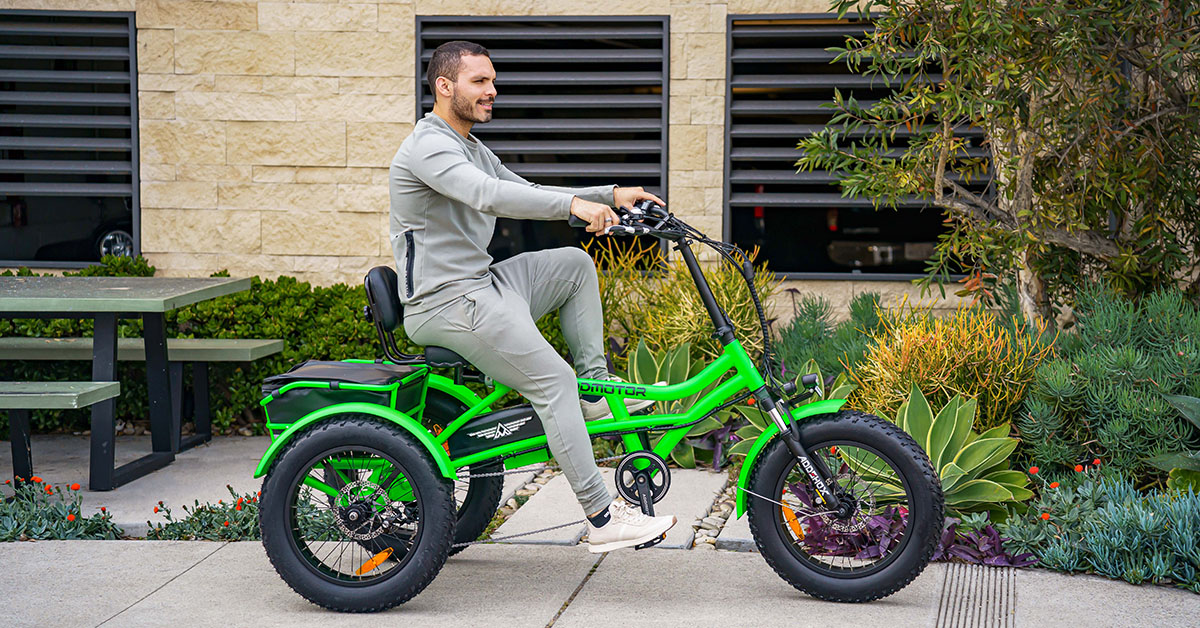
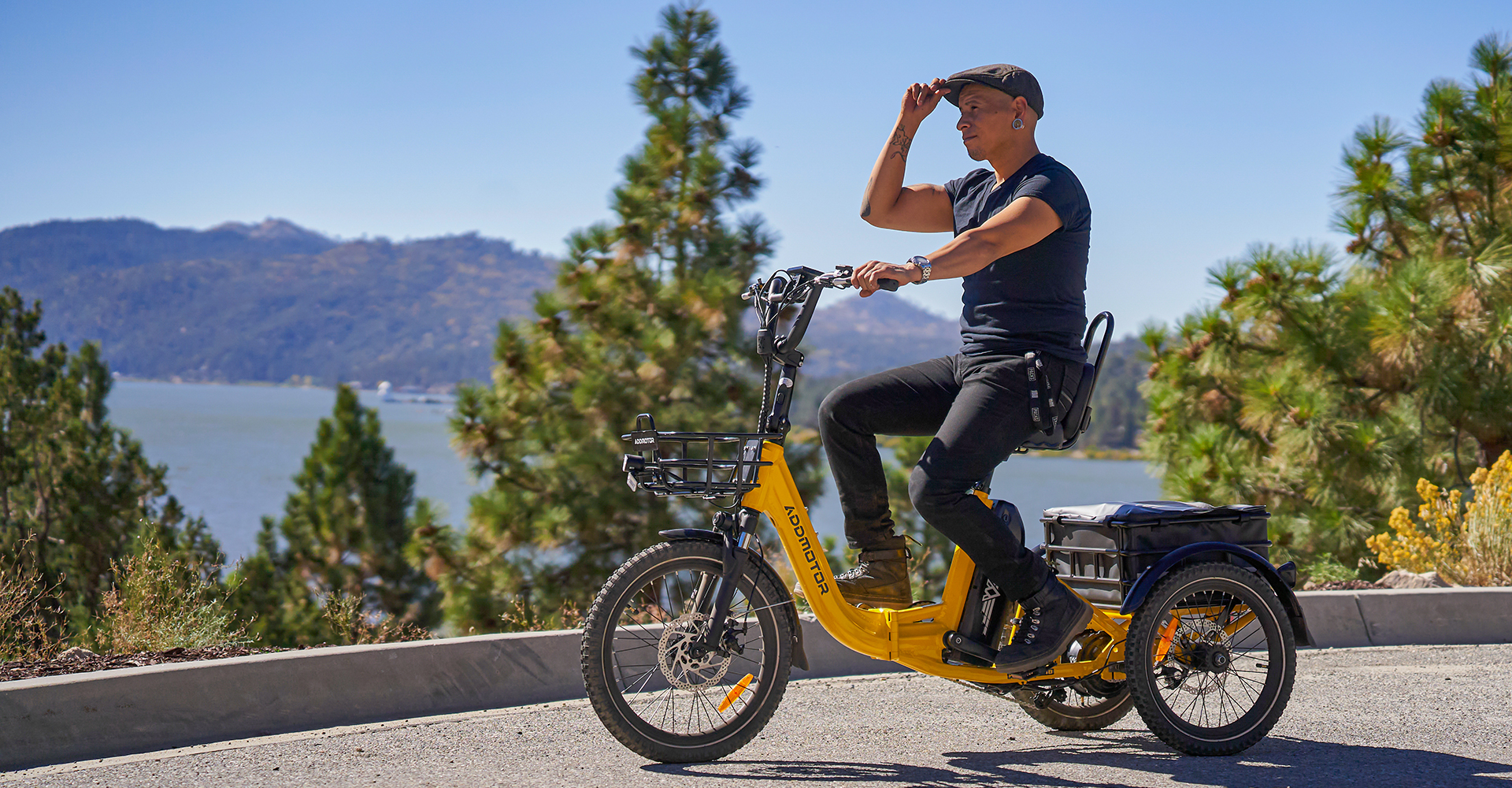
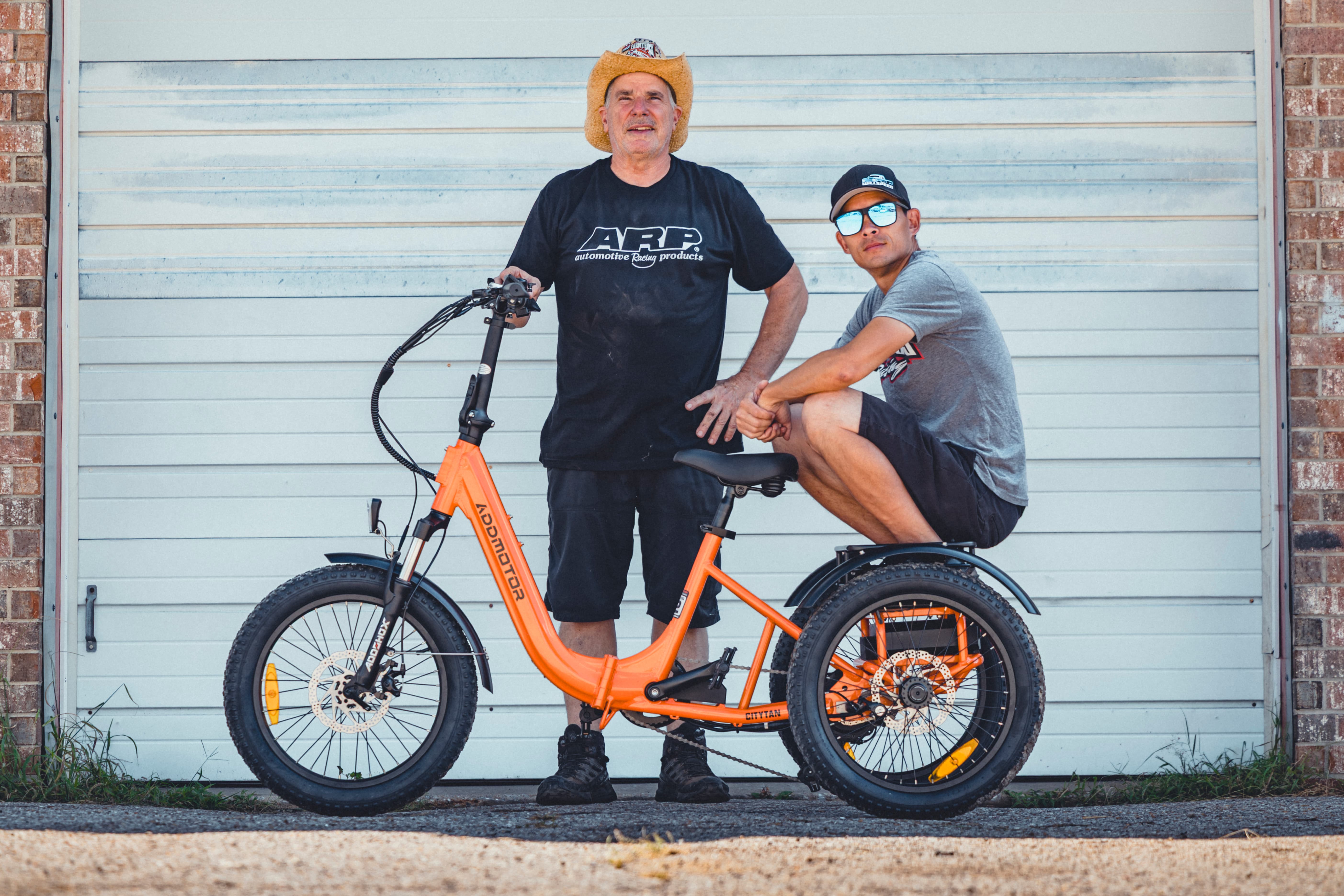
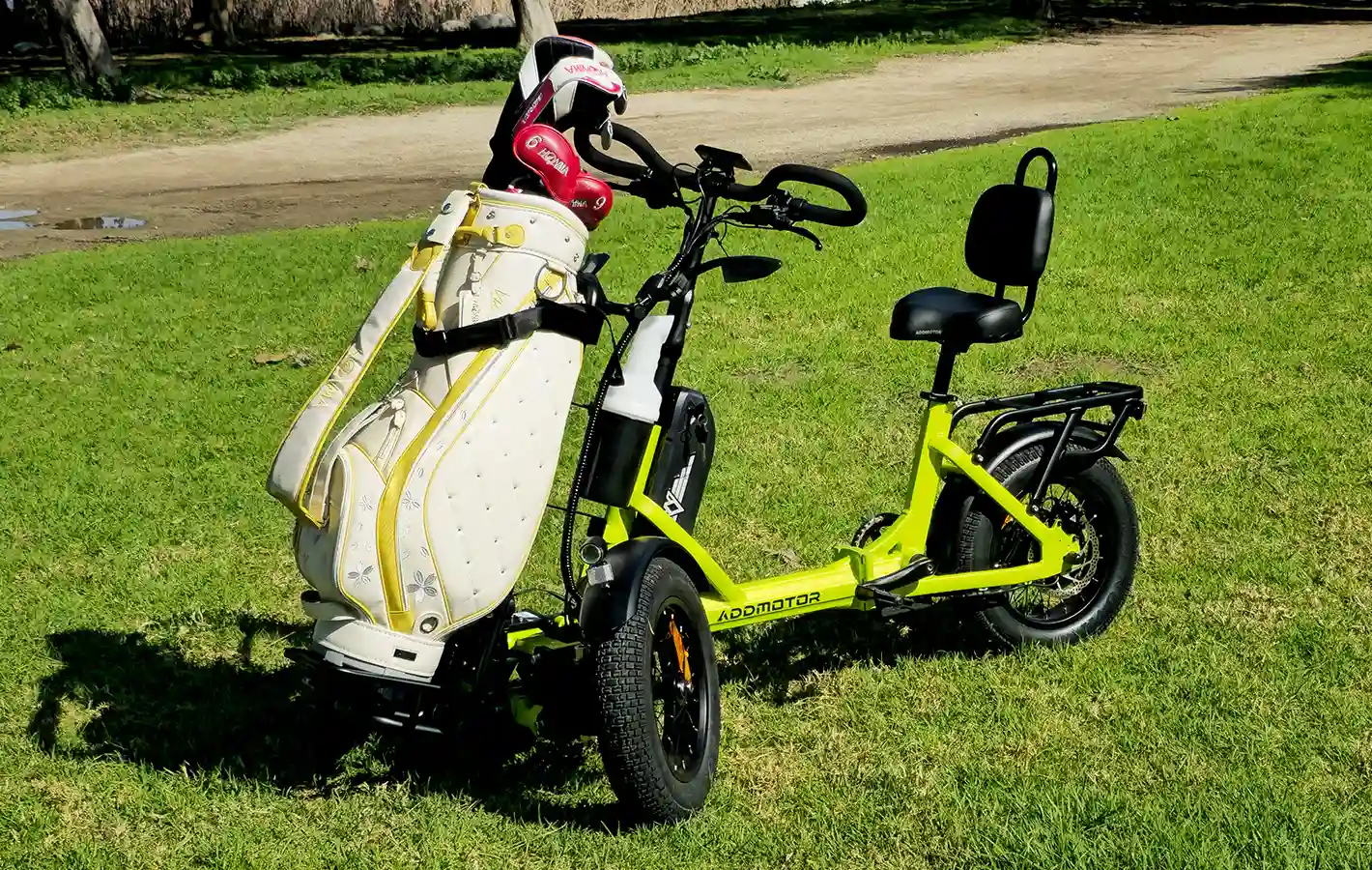
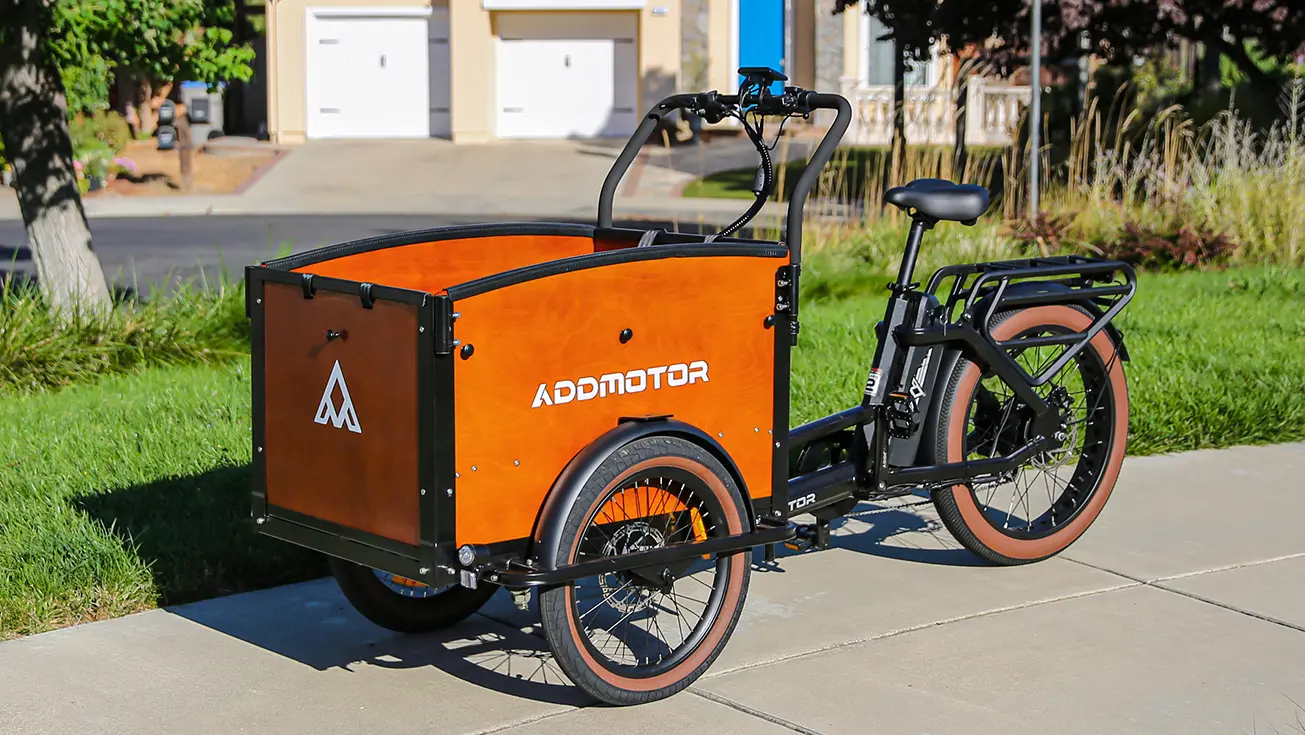
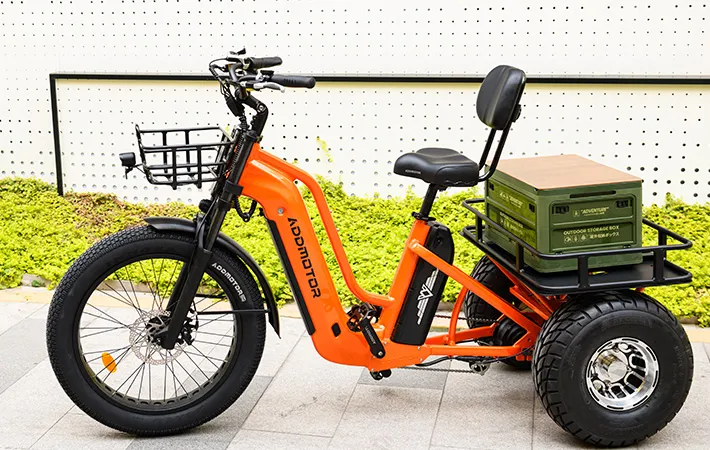
_1710225841_1719298489.jpg)
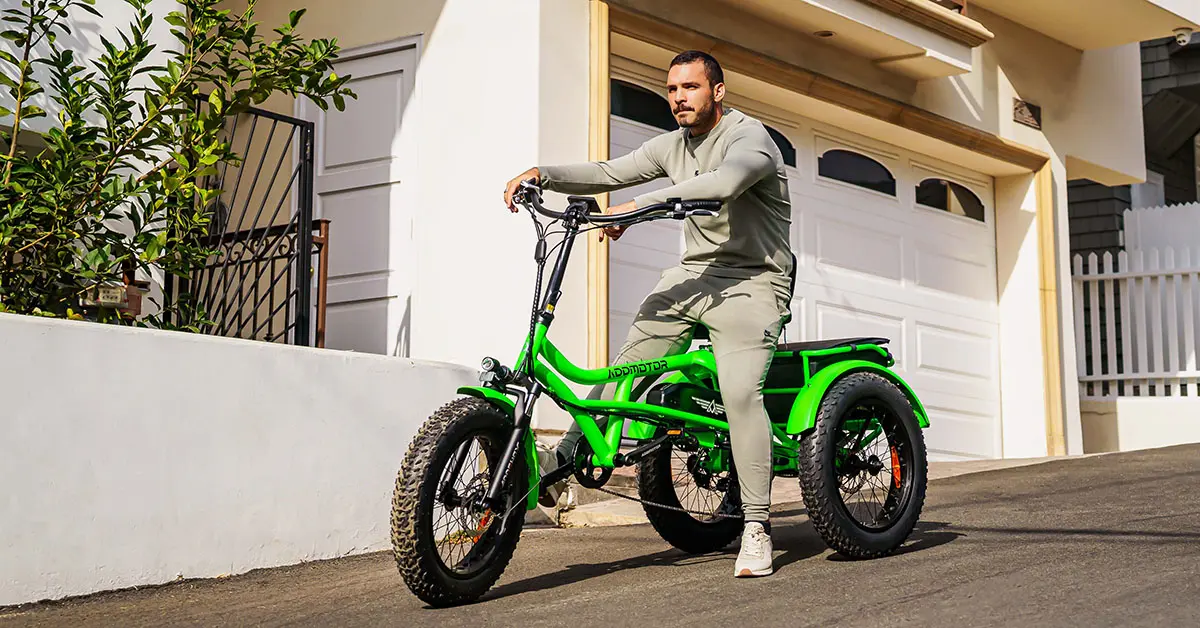
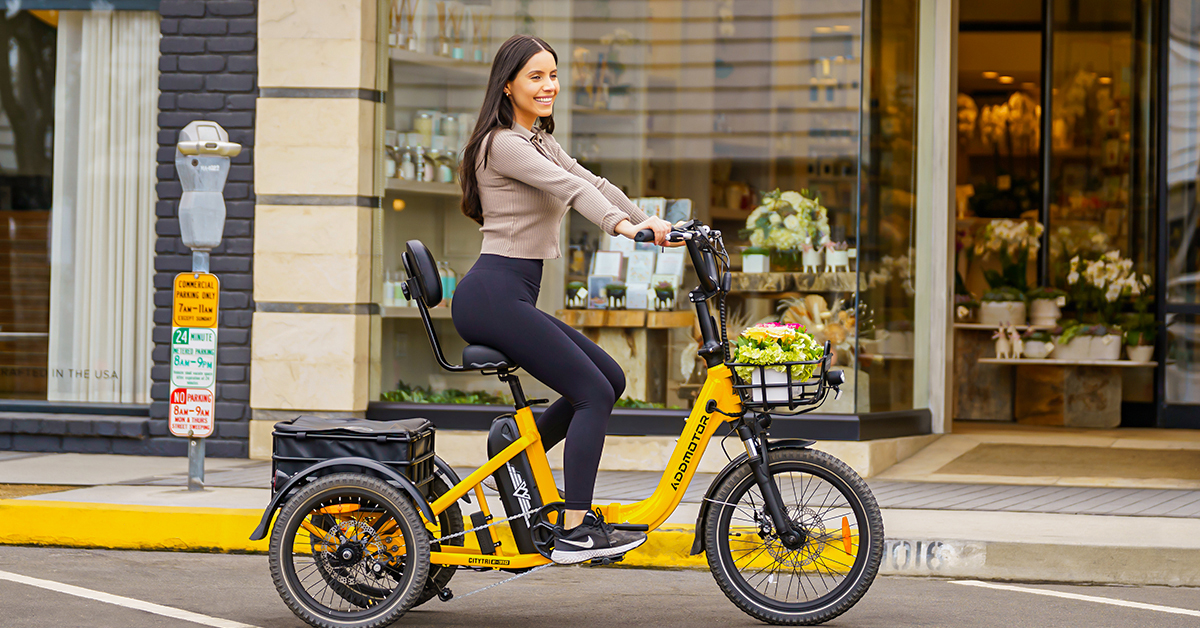

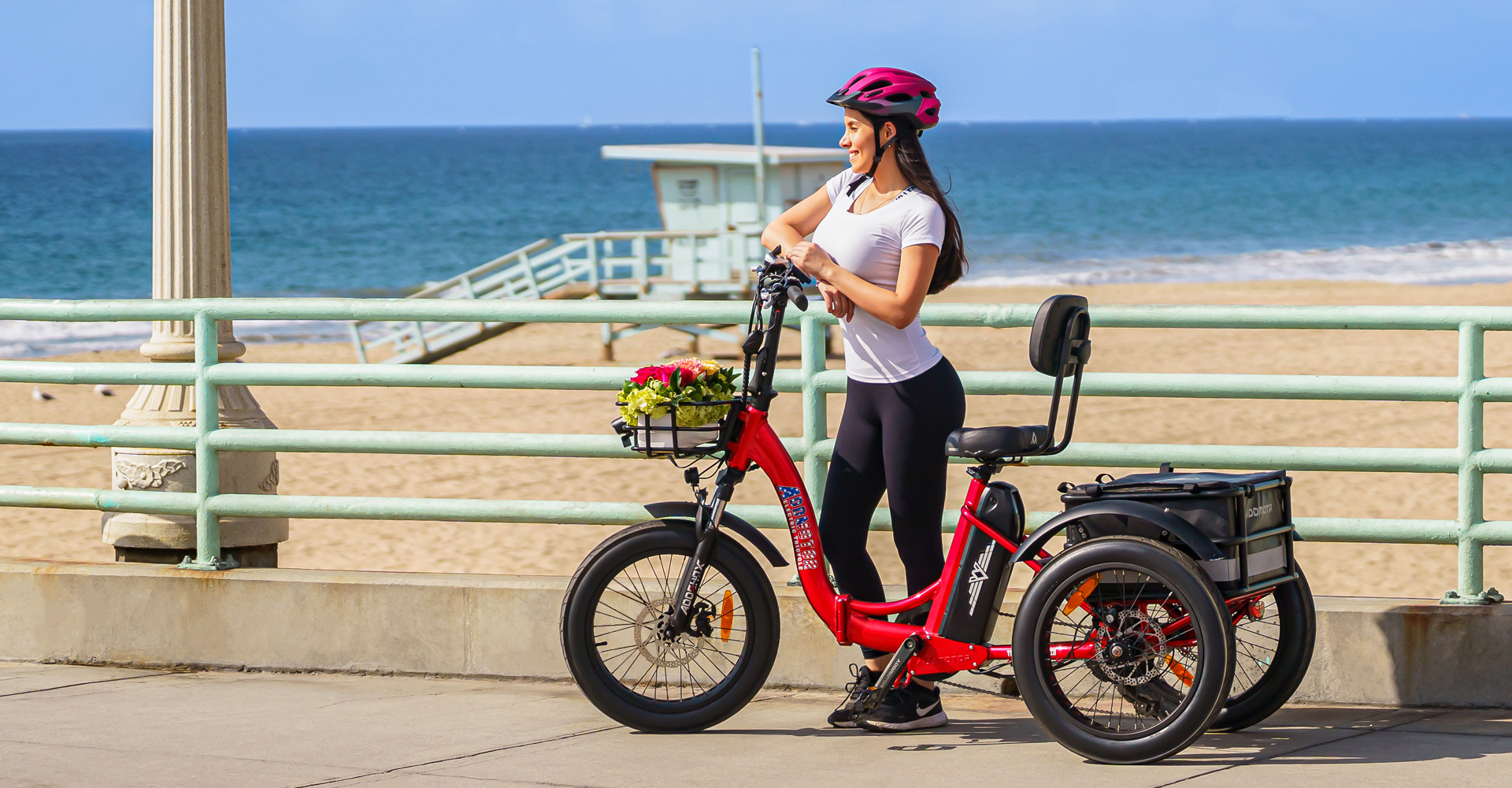
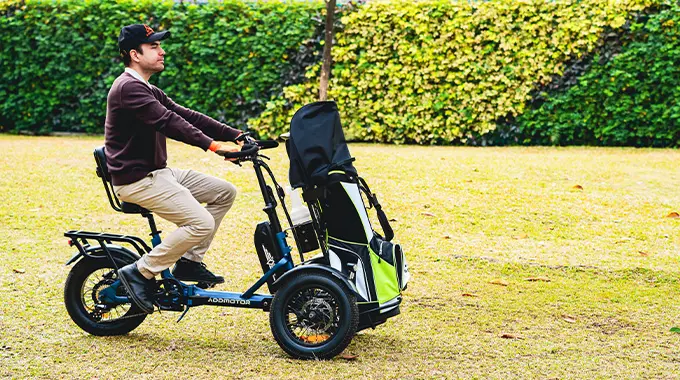

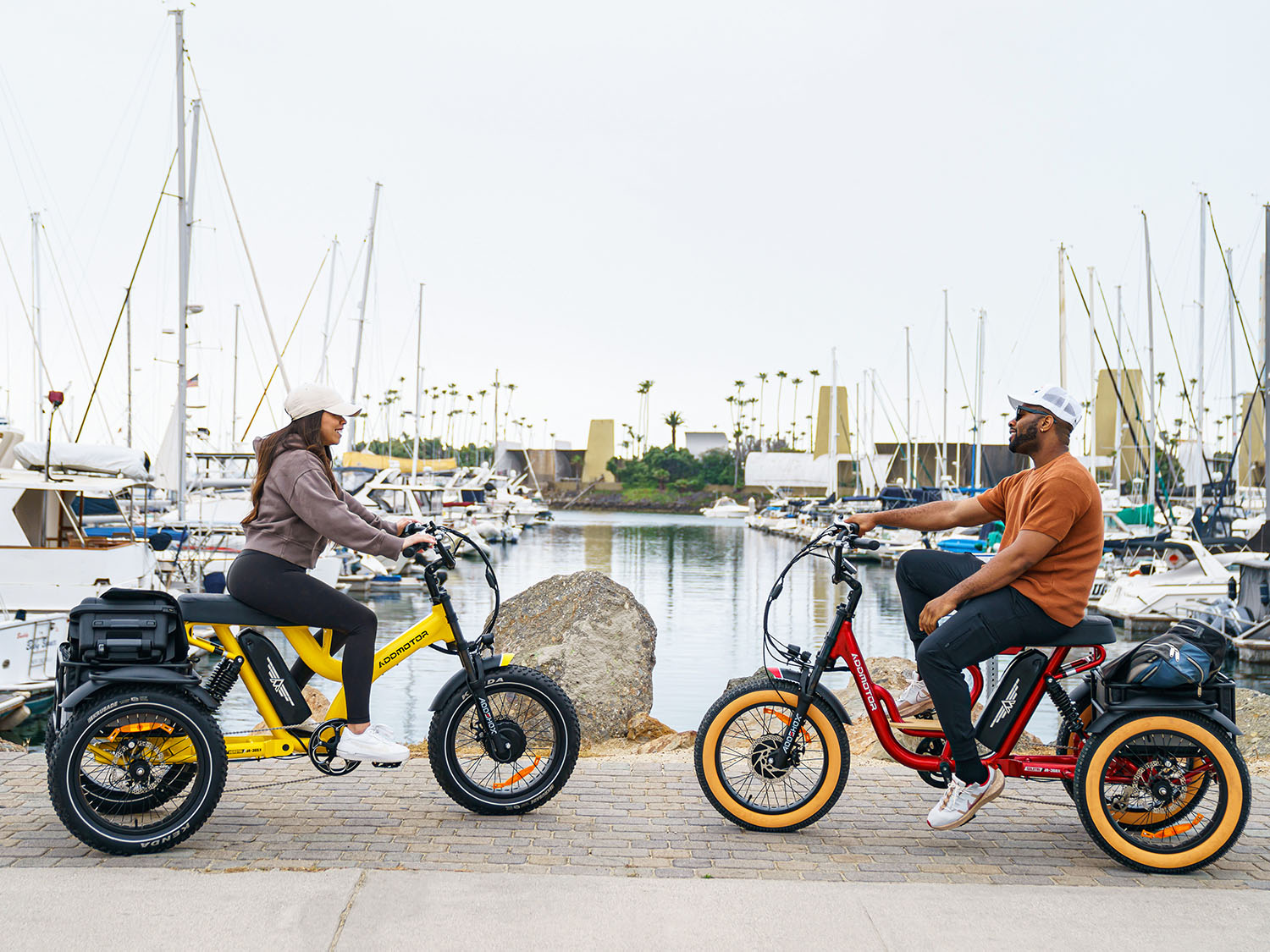
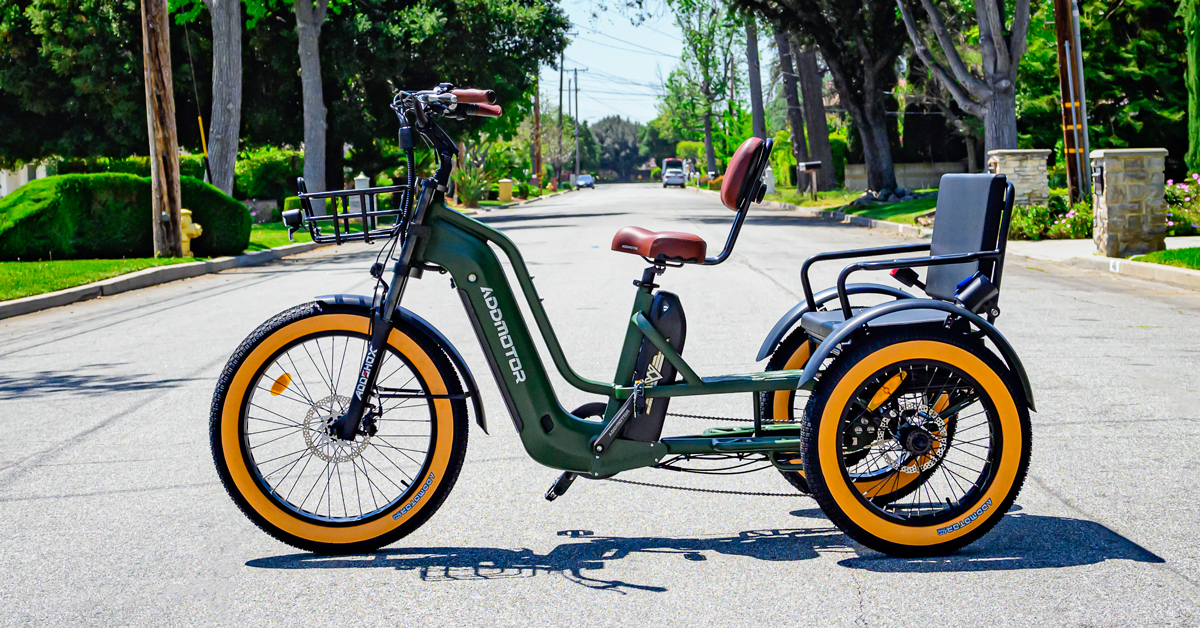
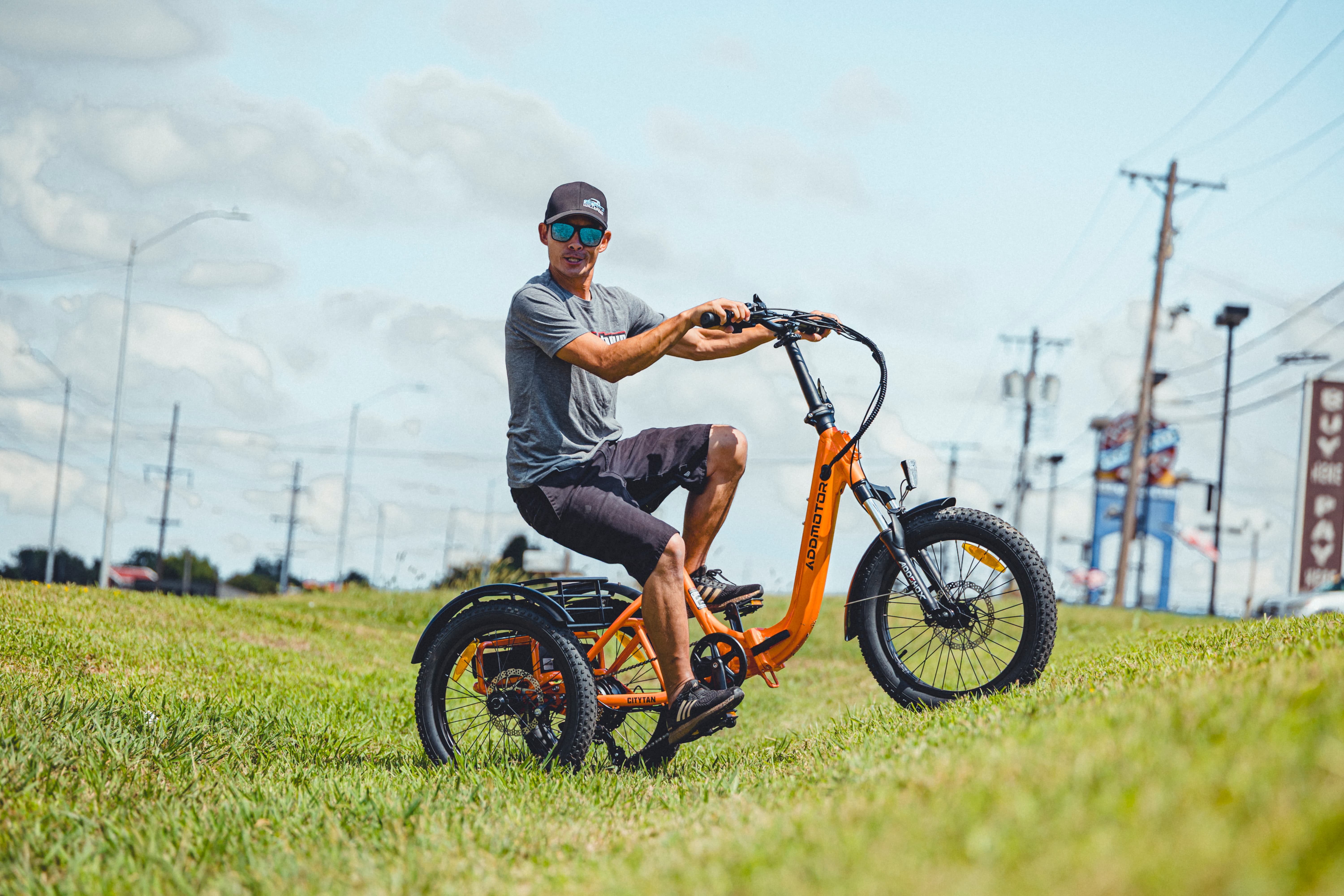


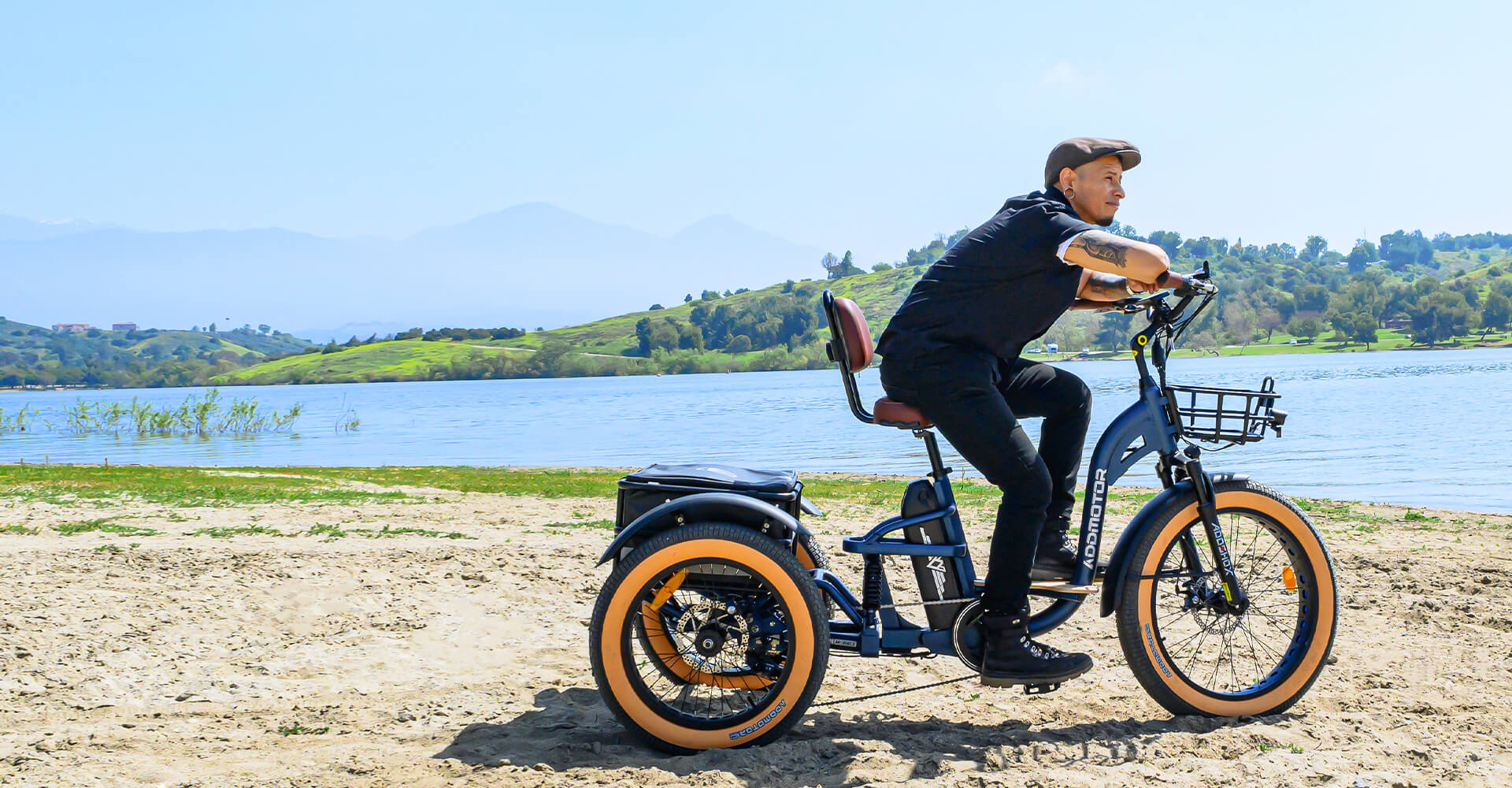
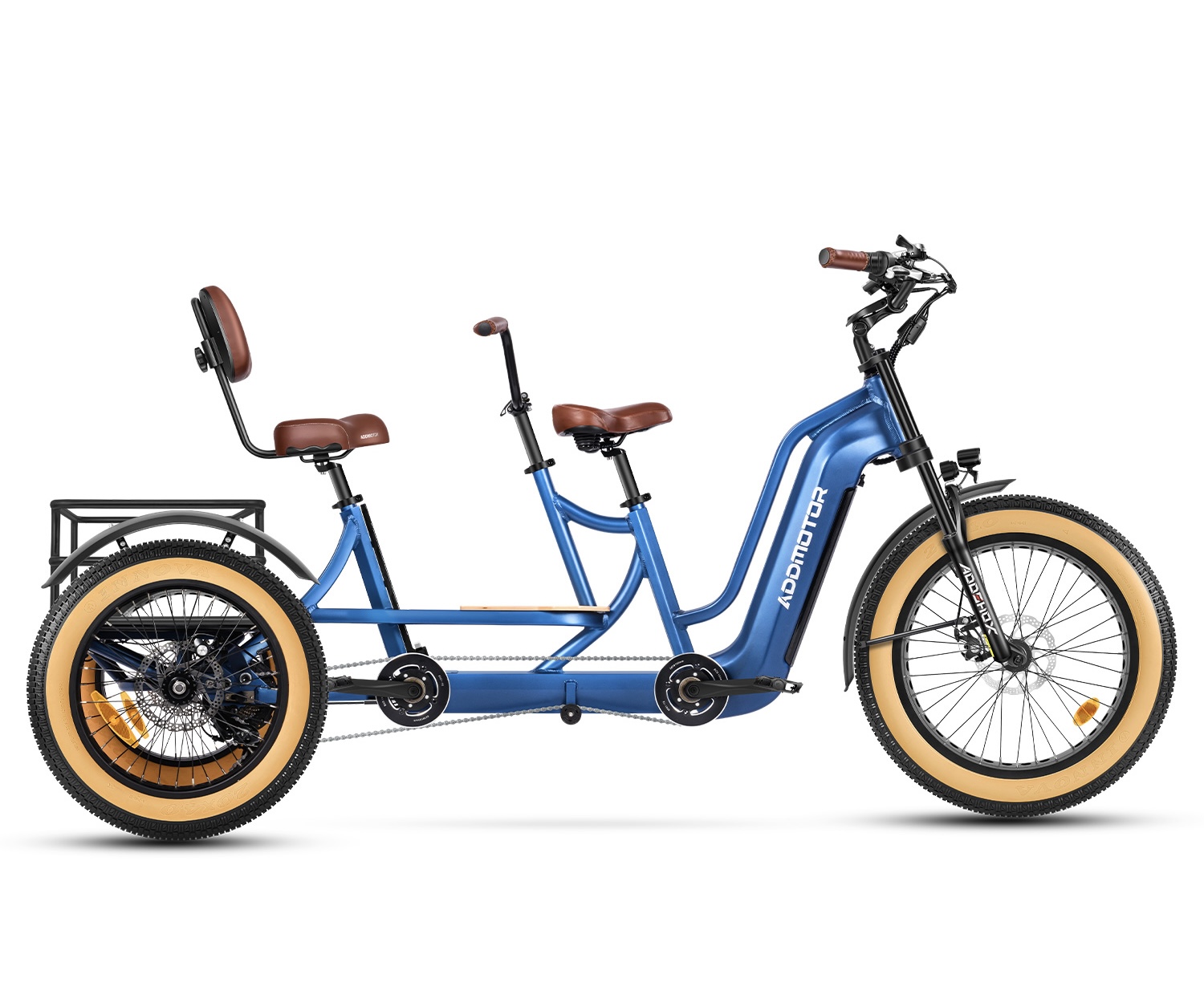

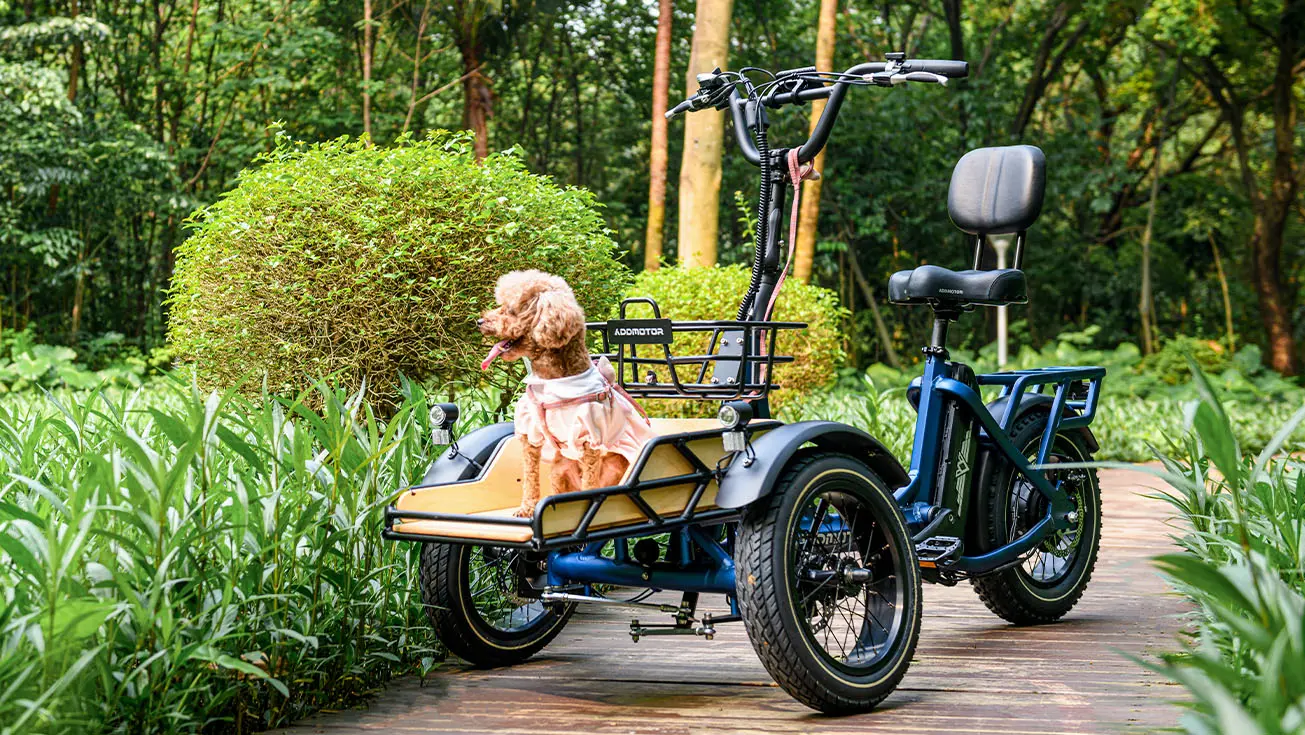

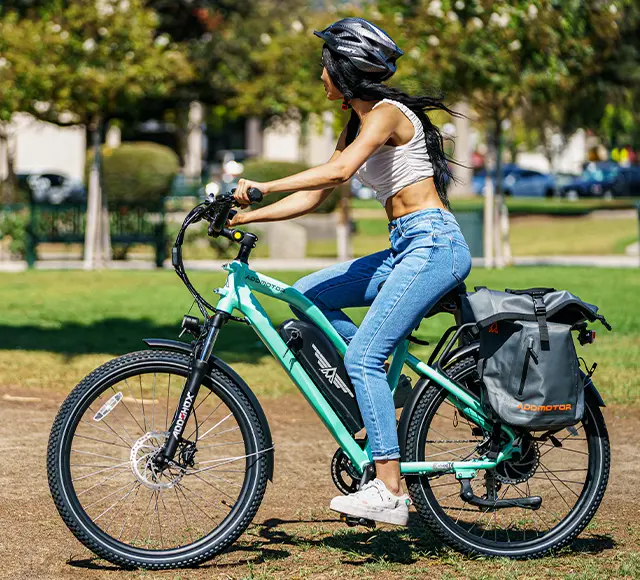
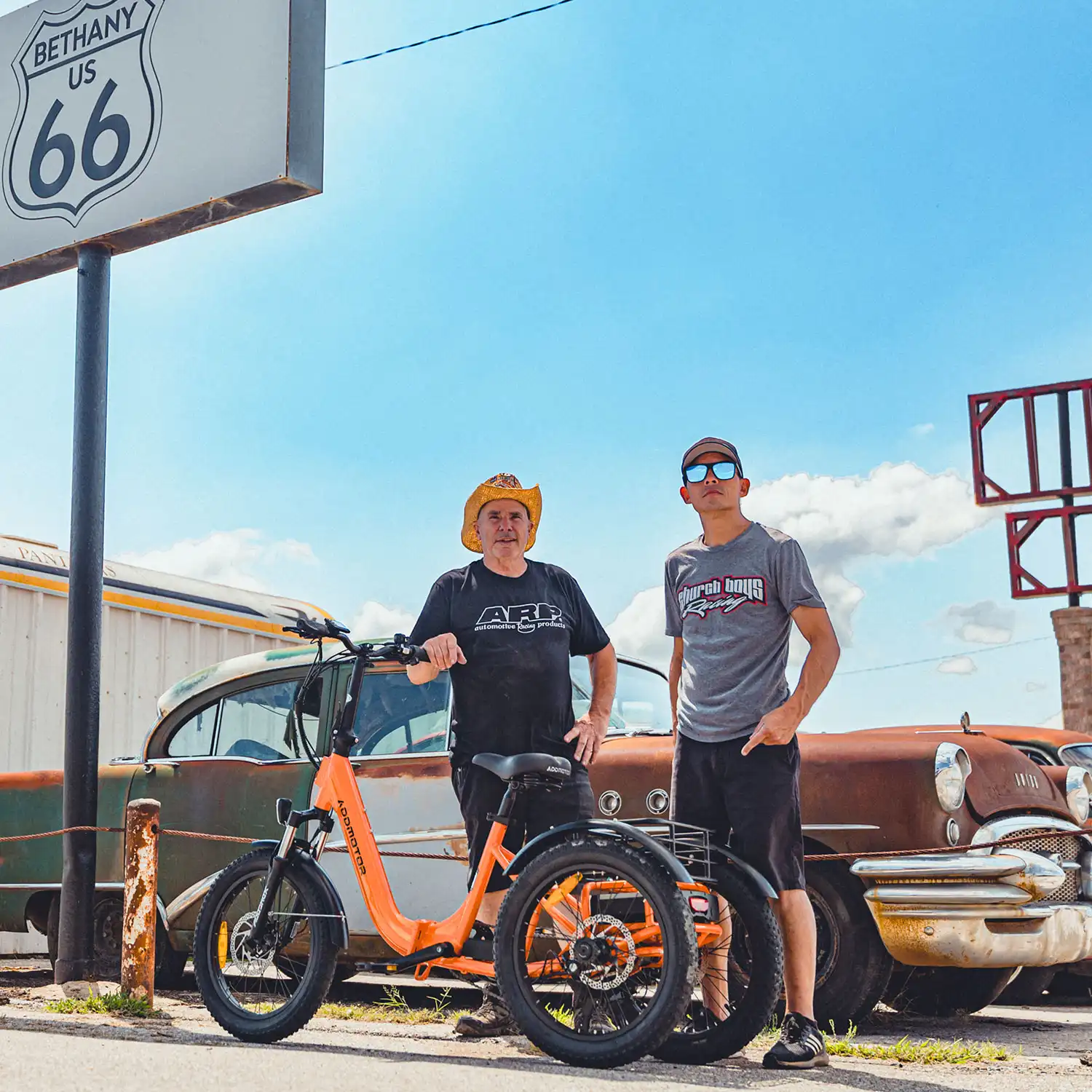
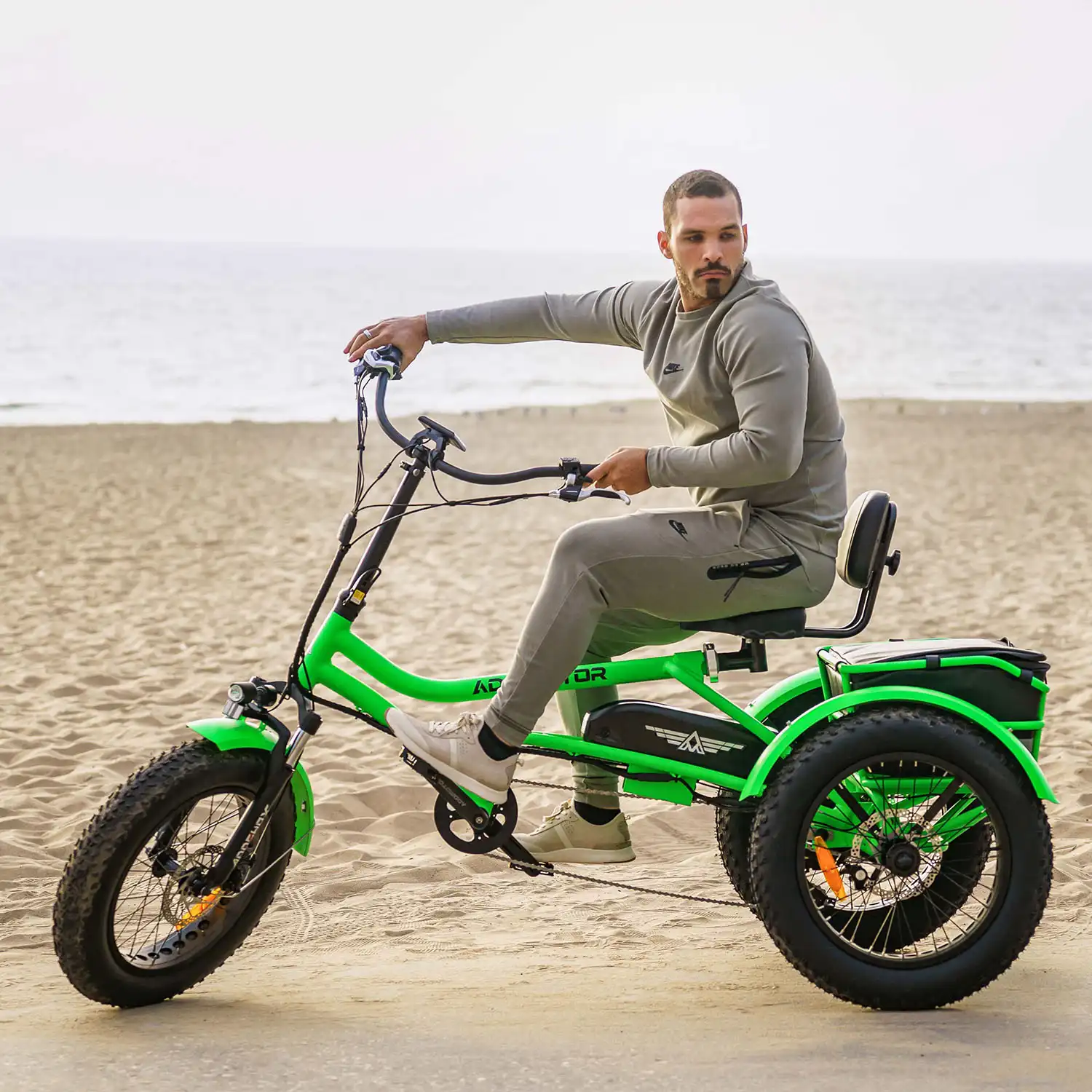
_1739850786.webp)